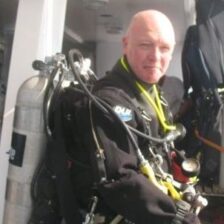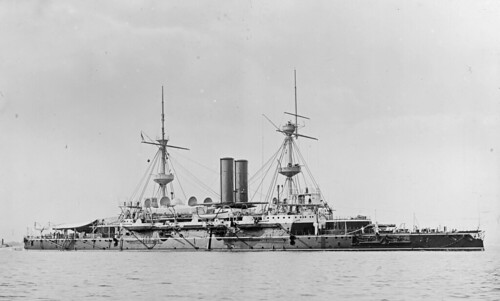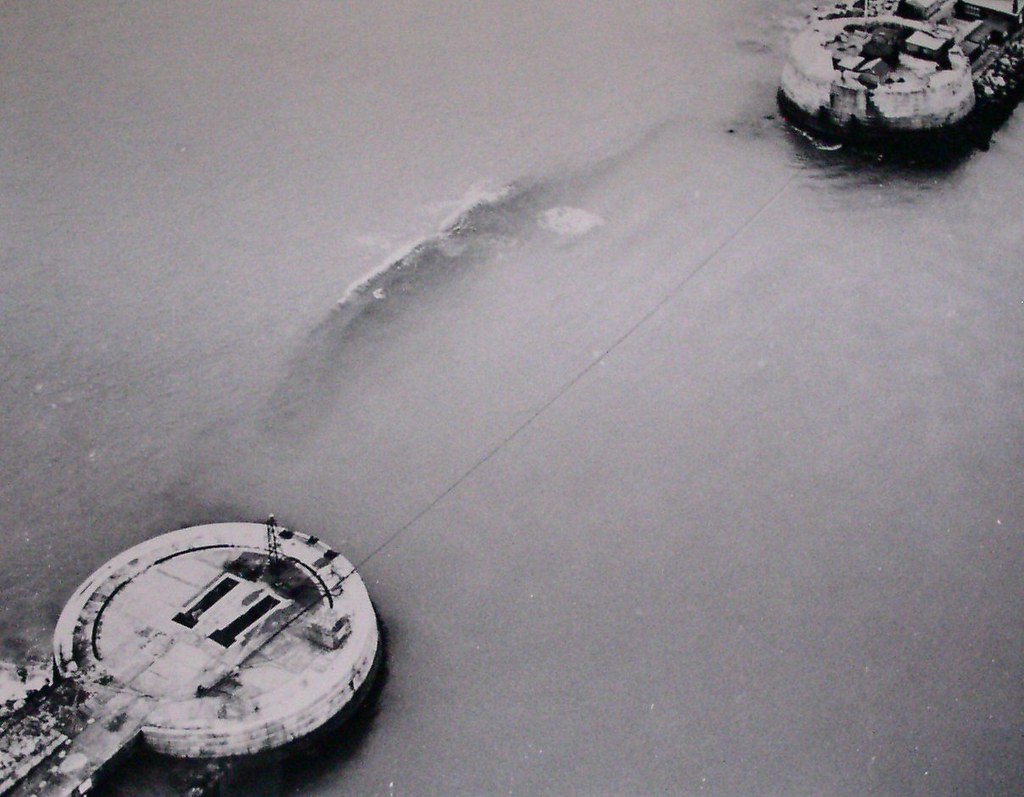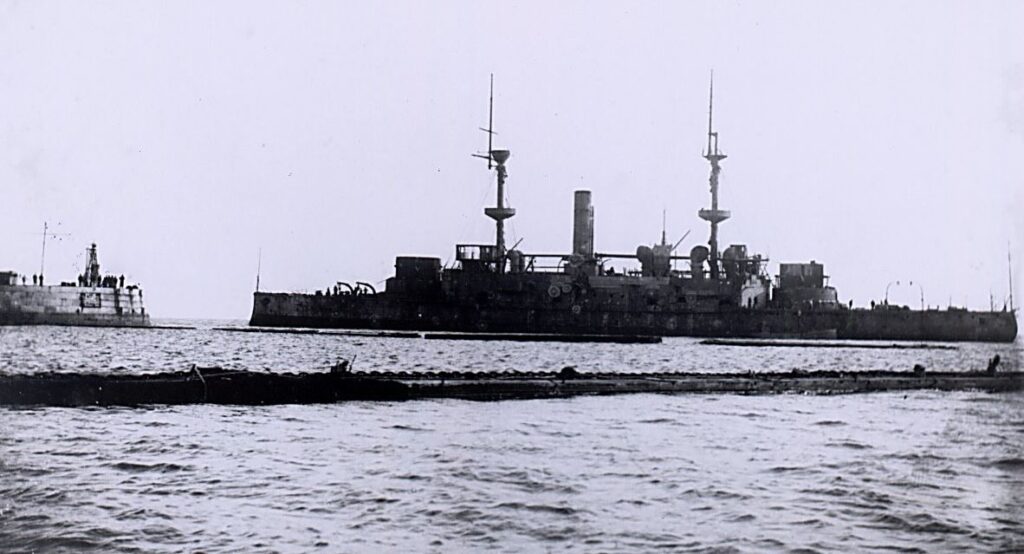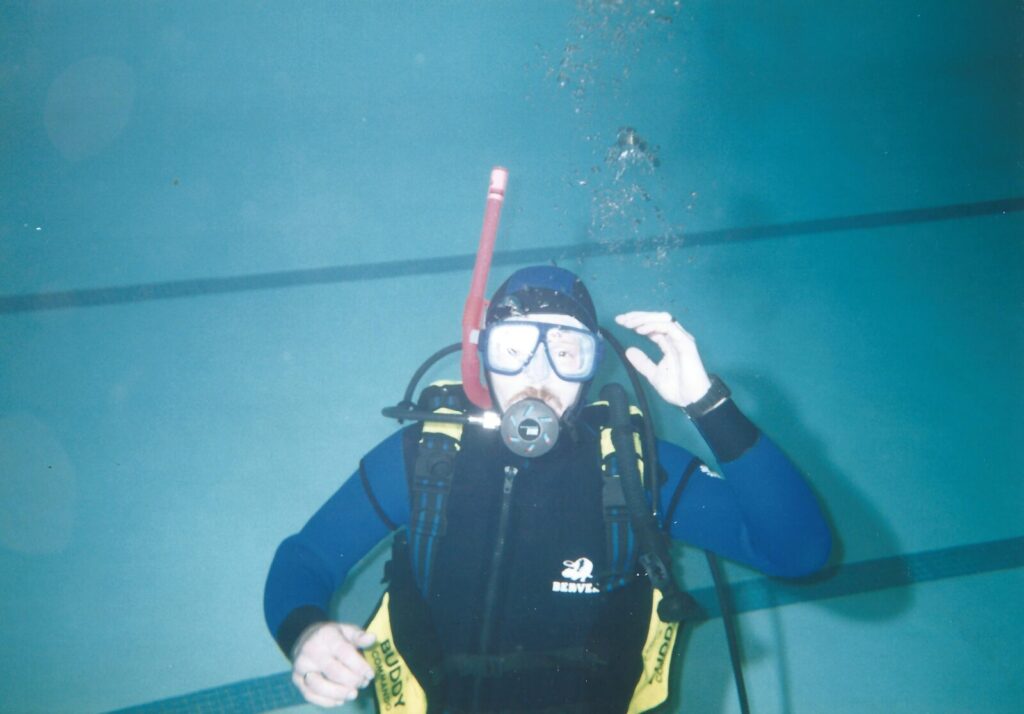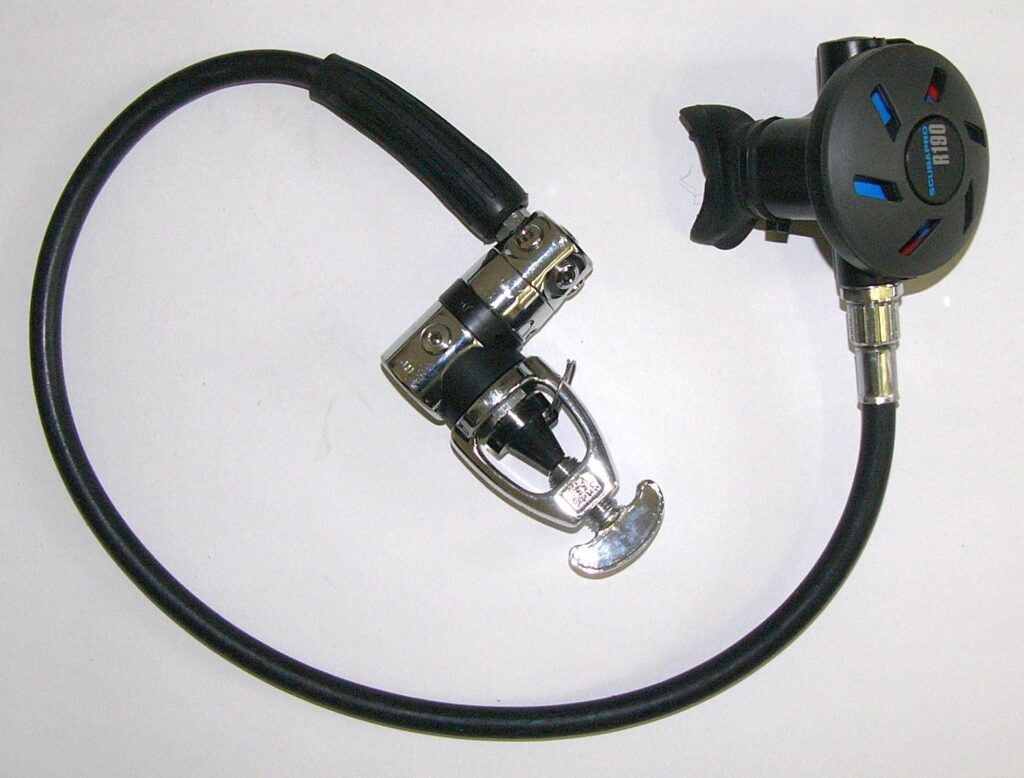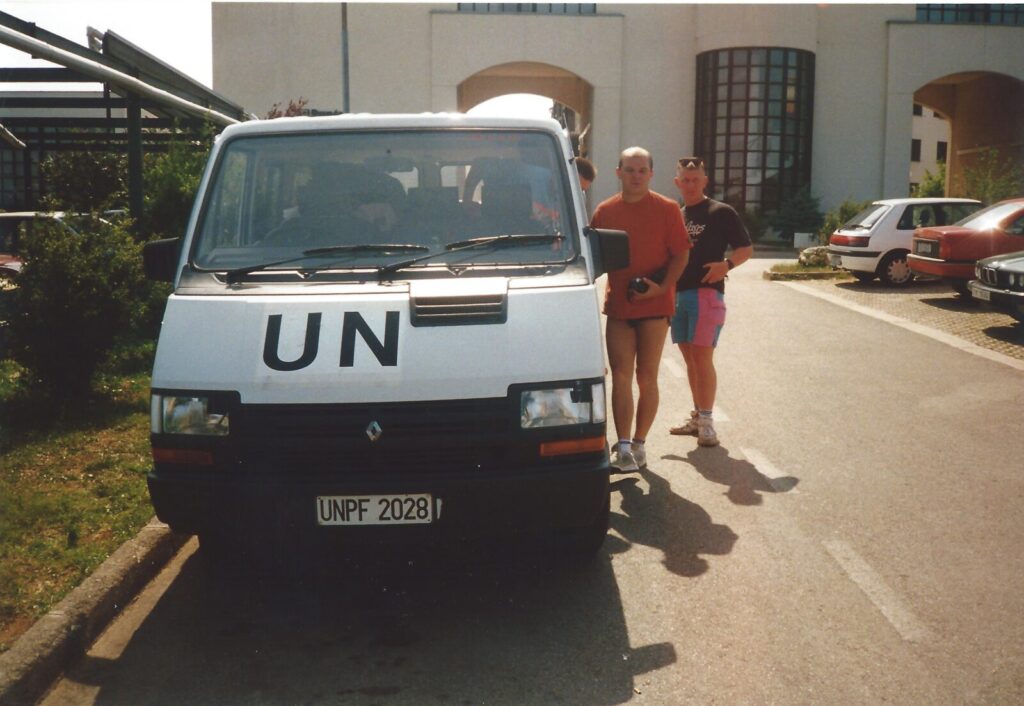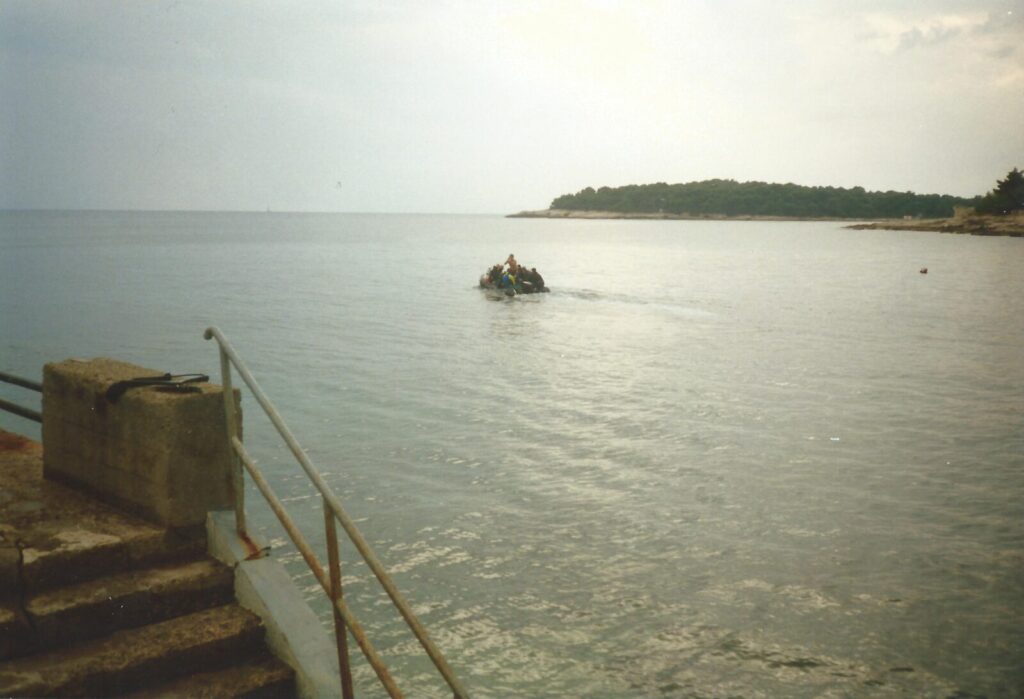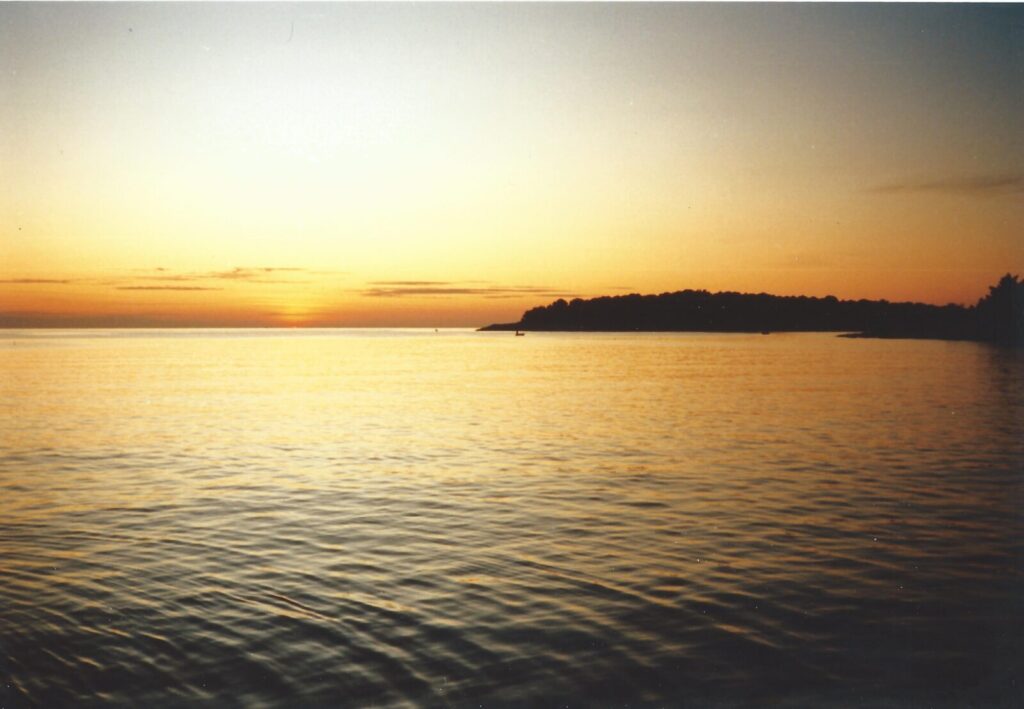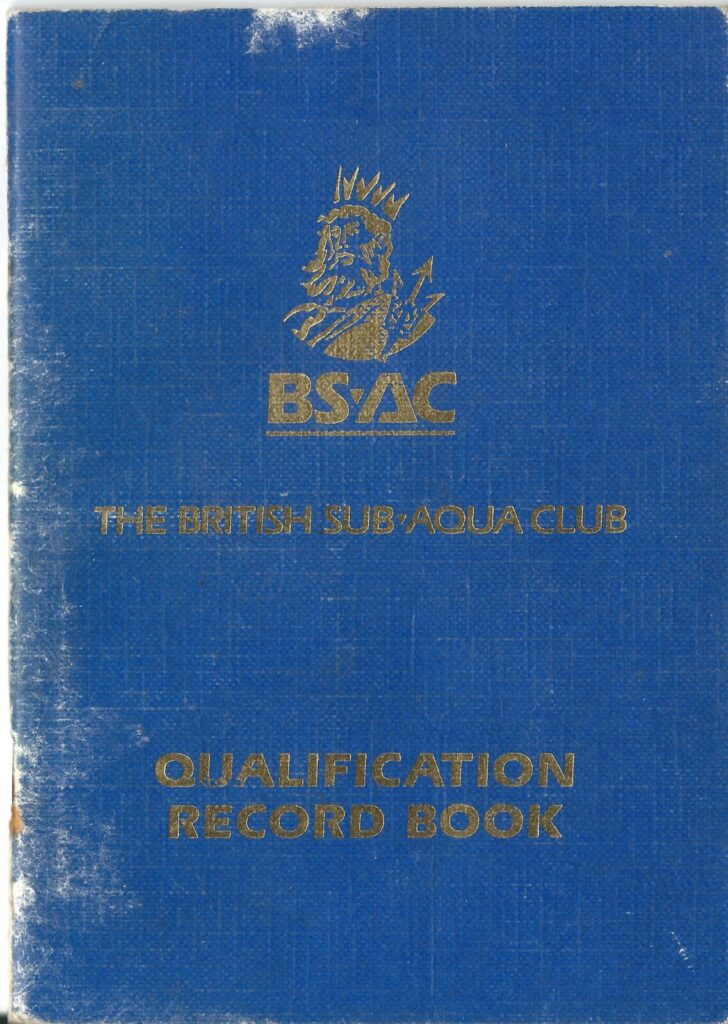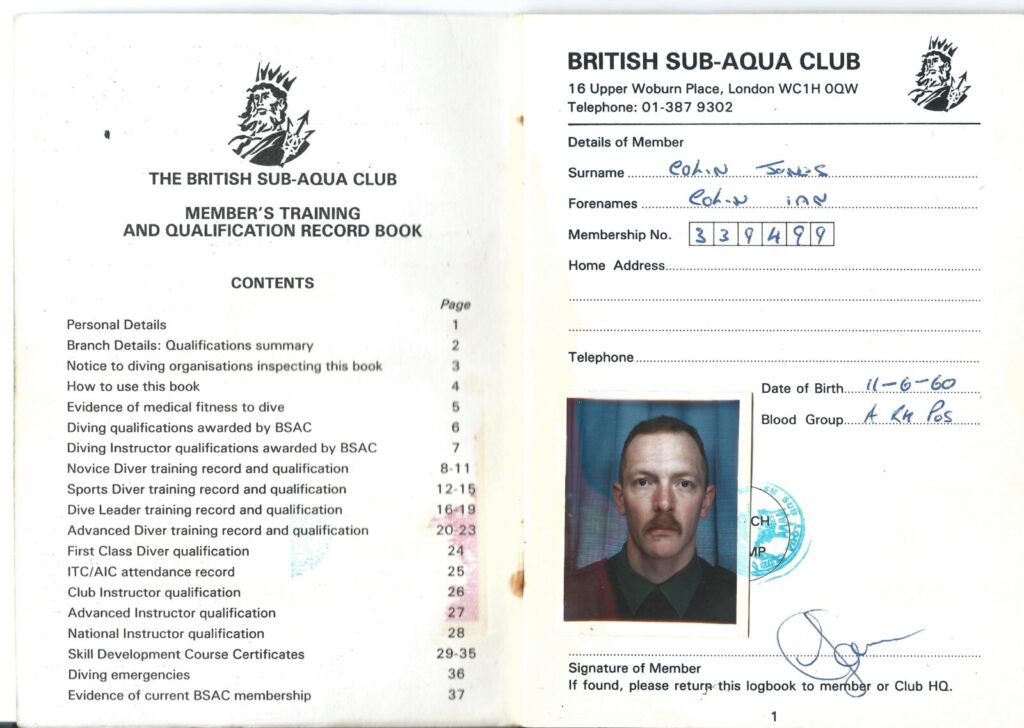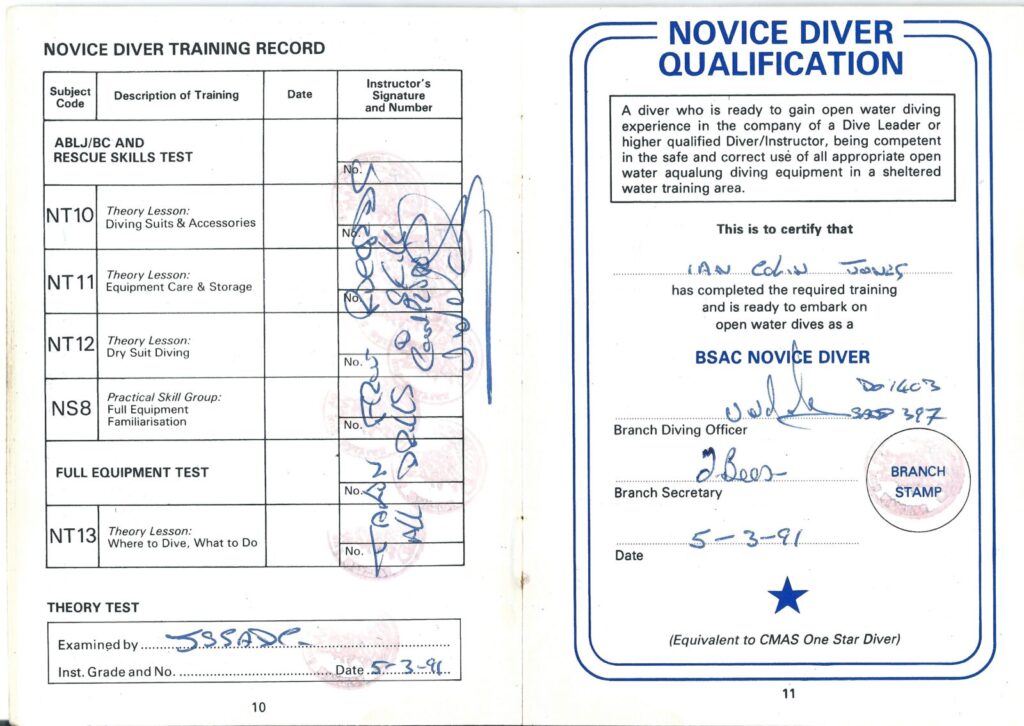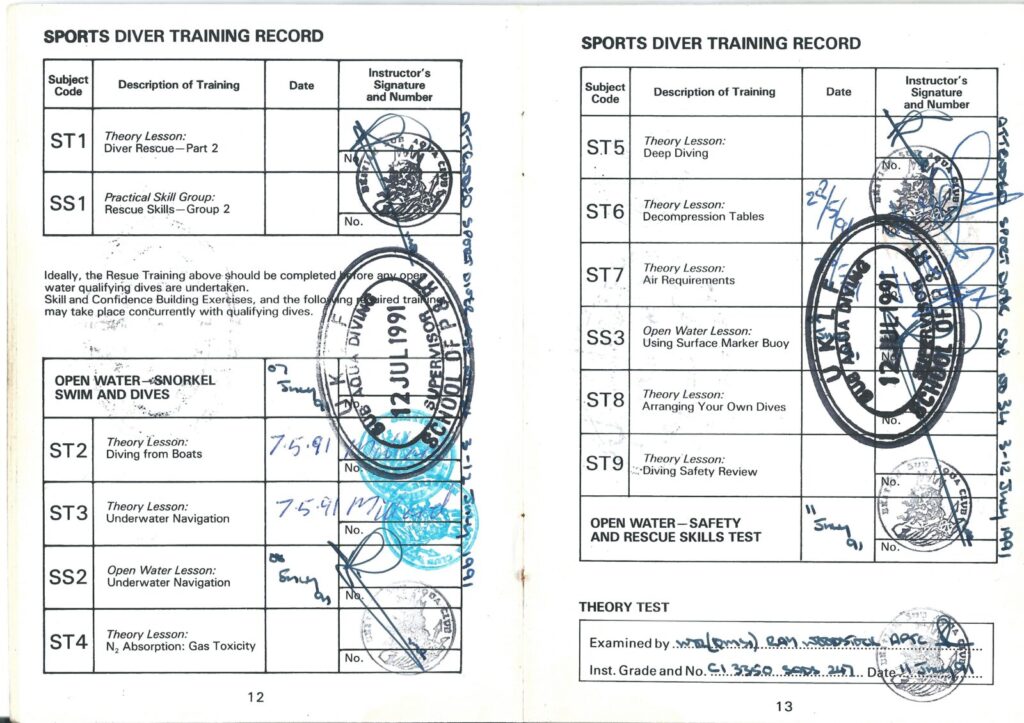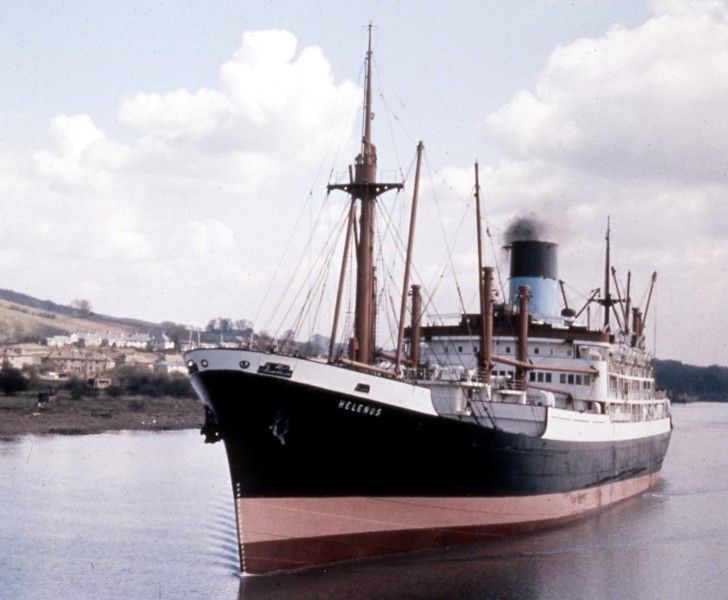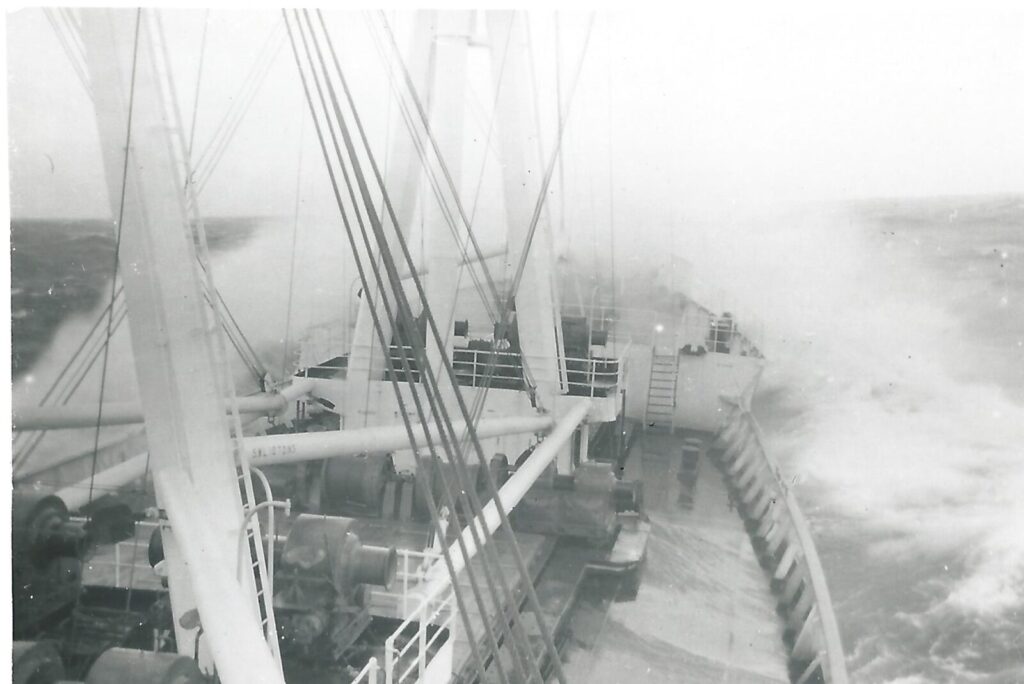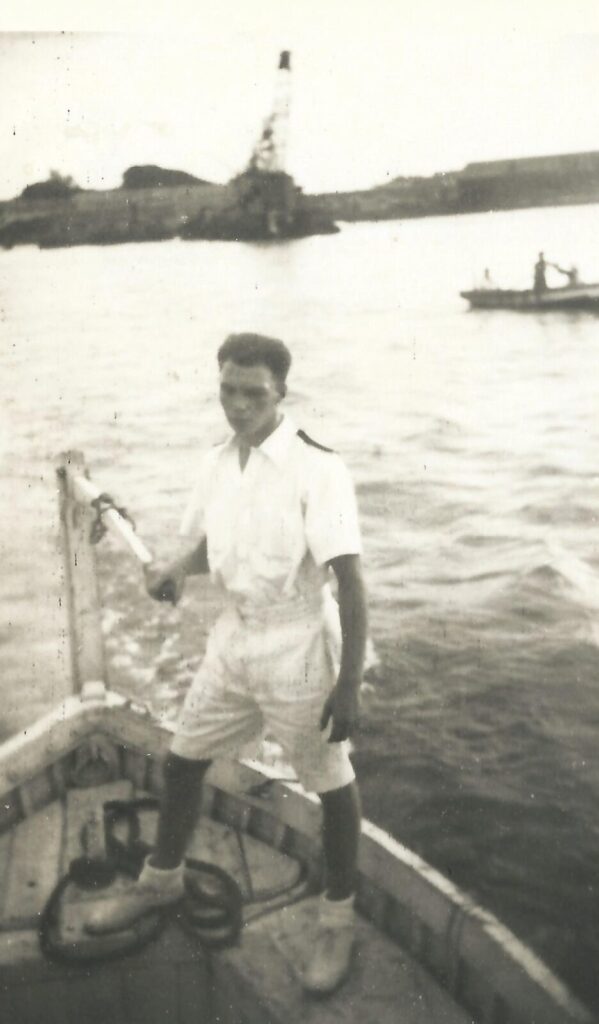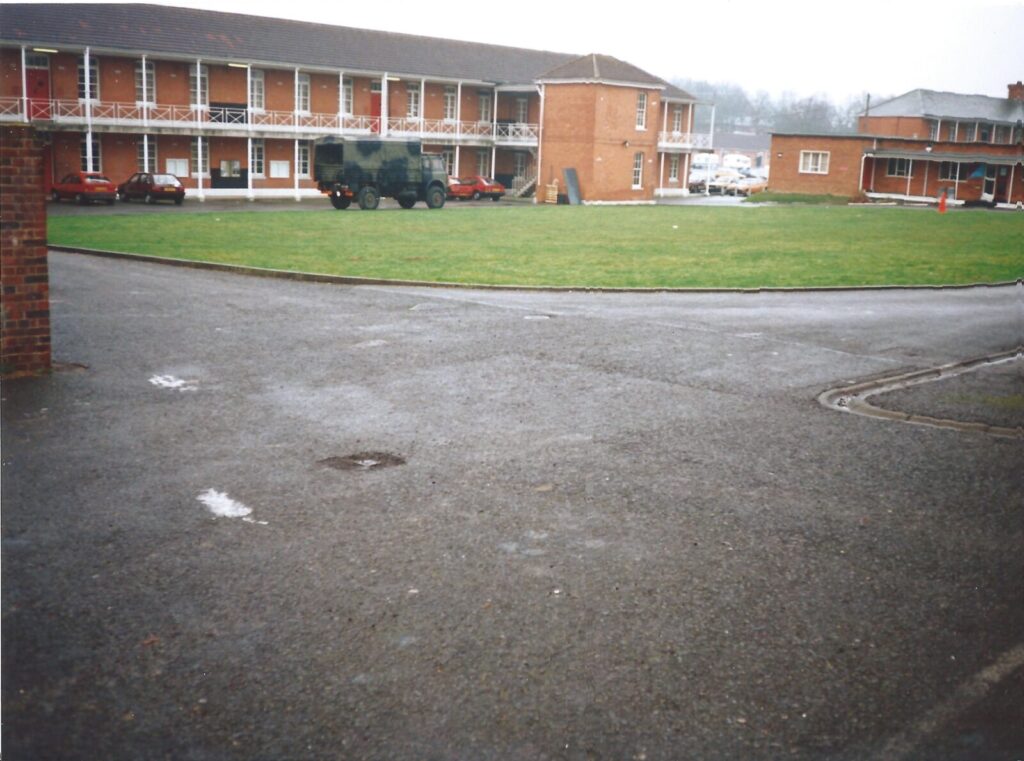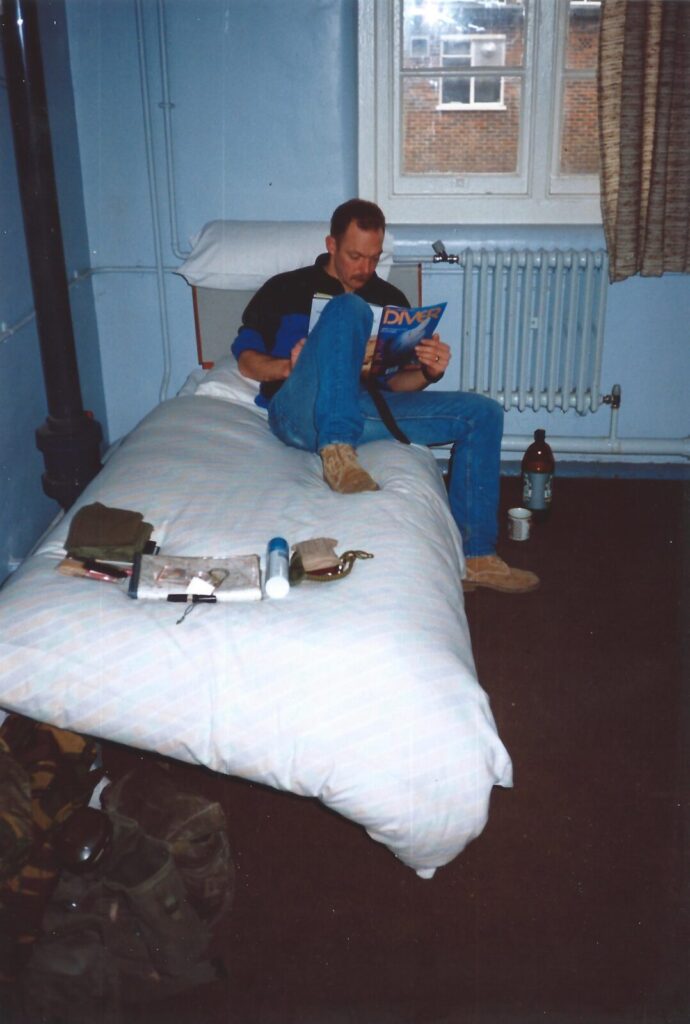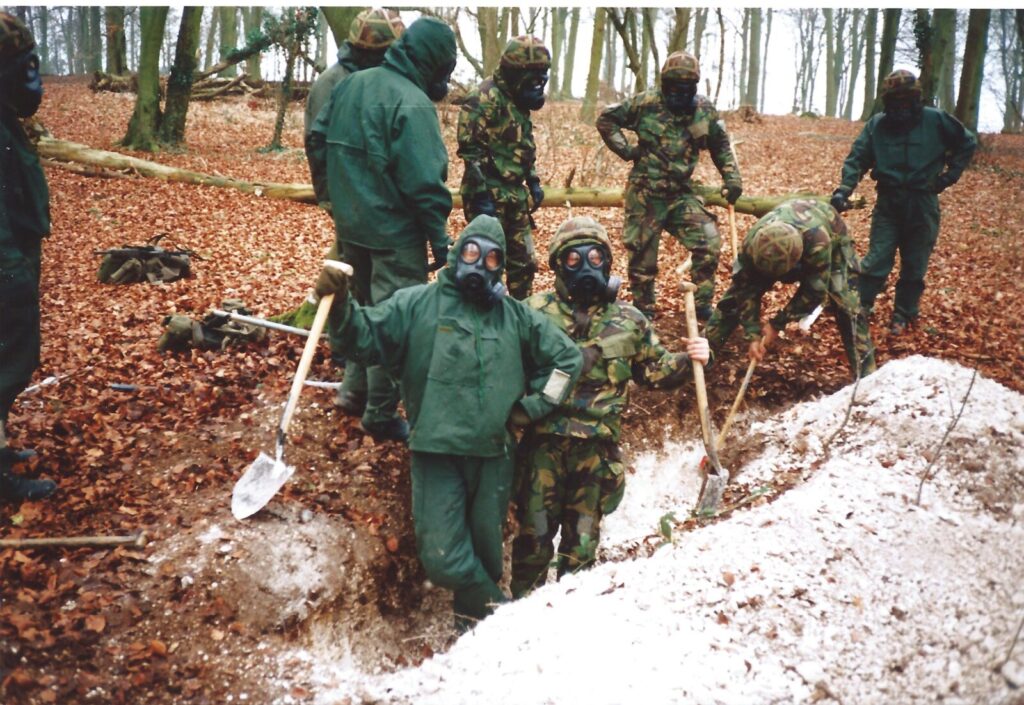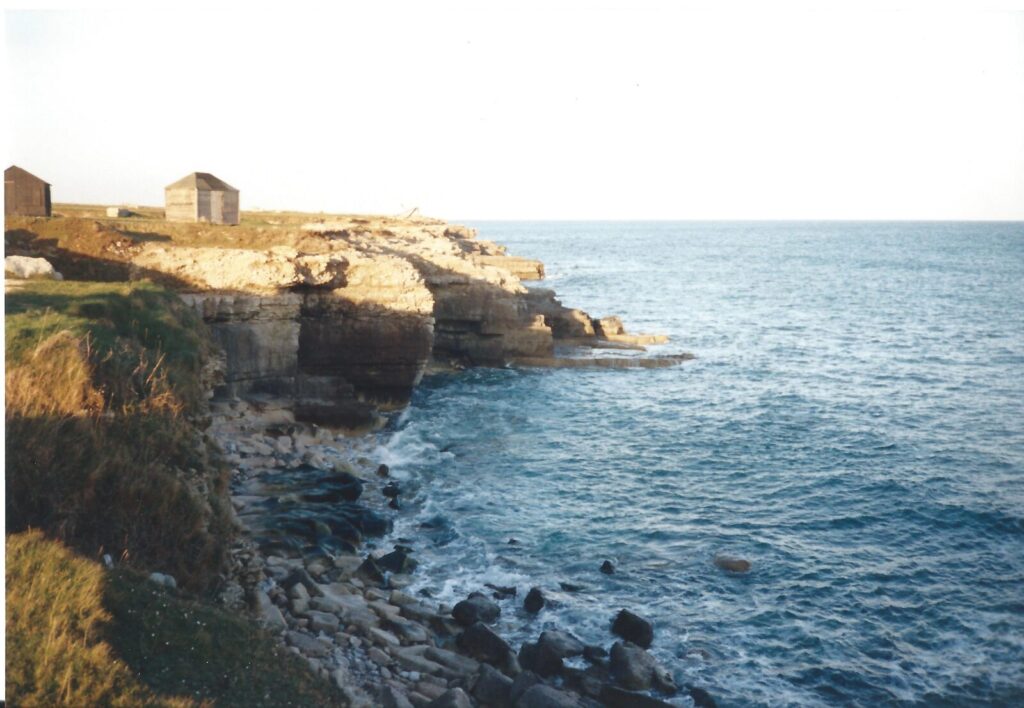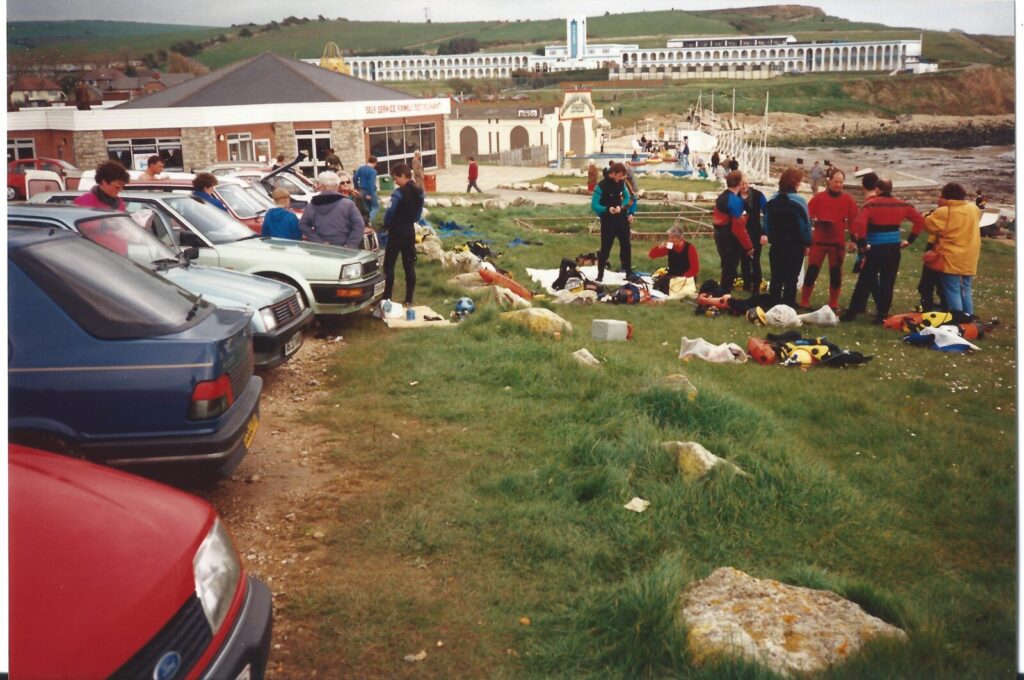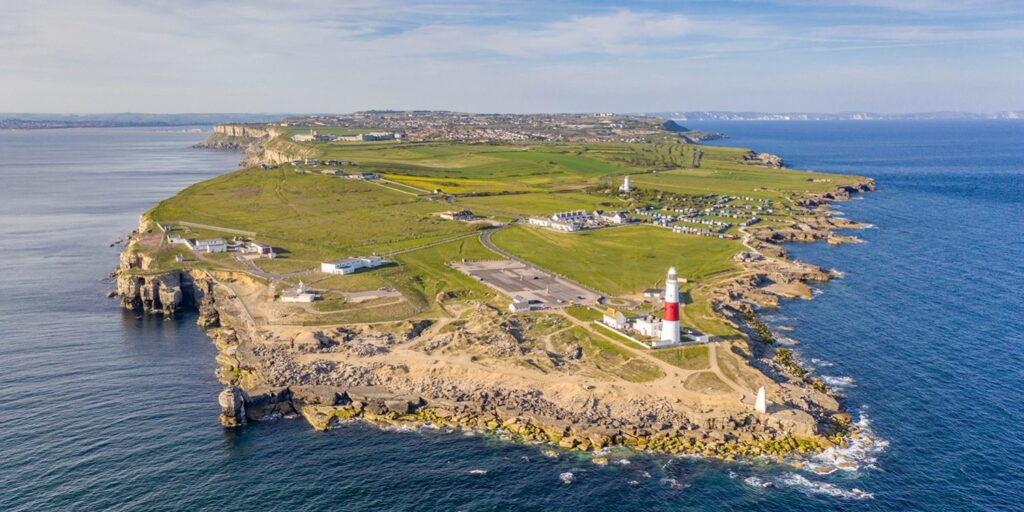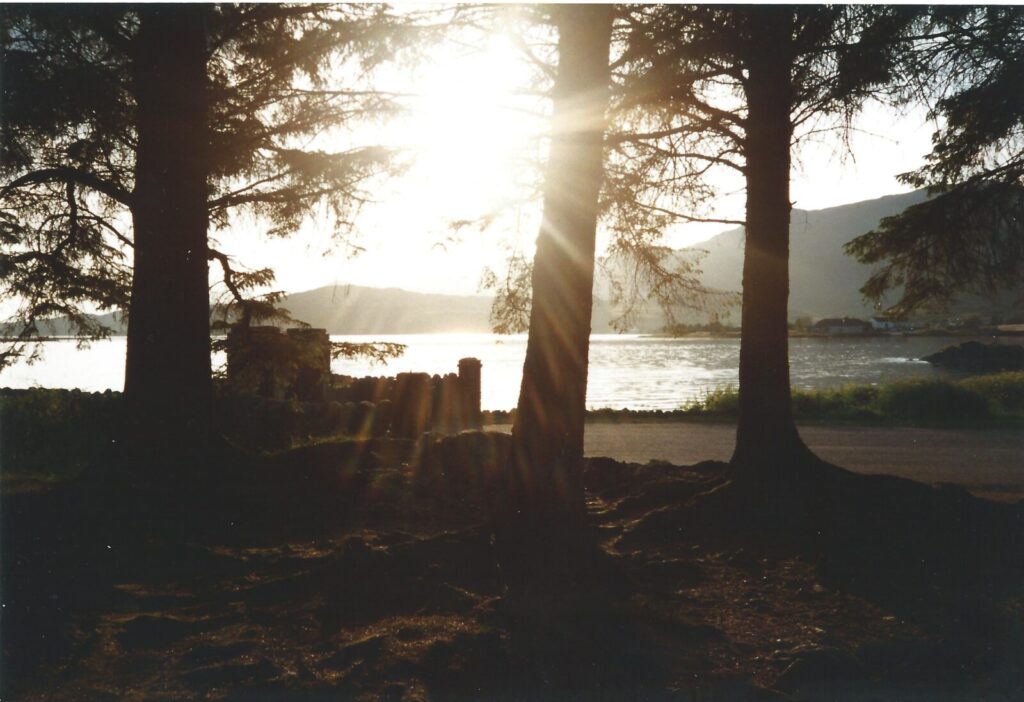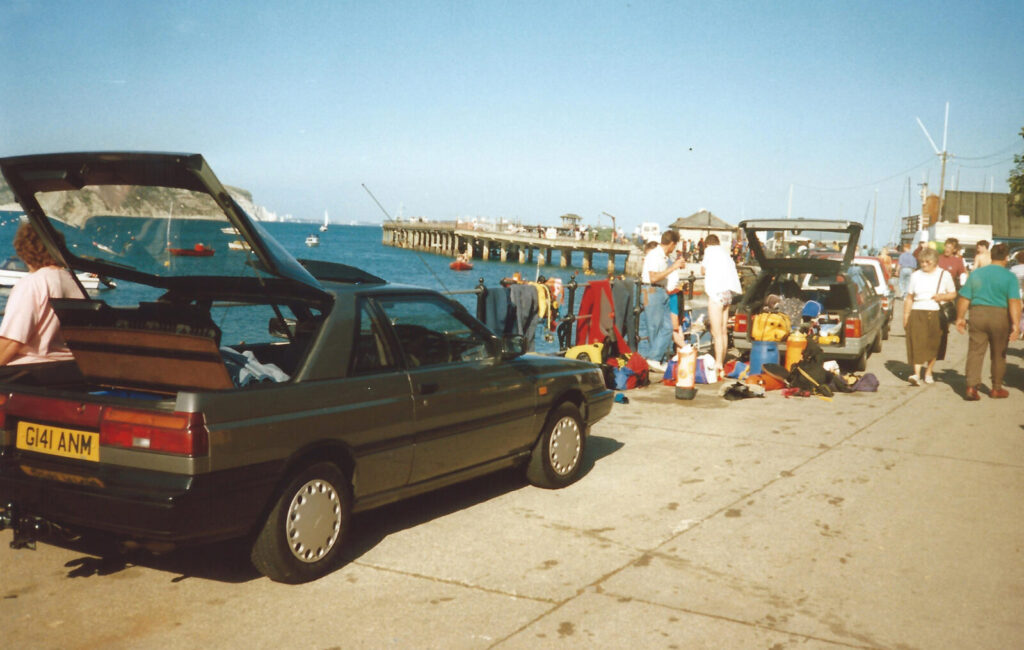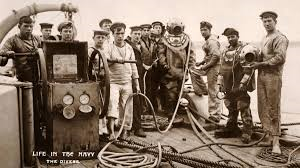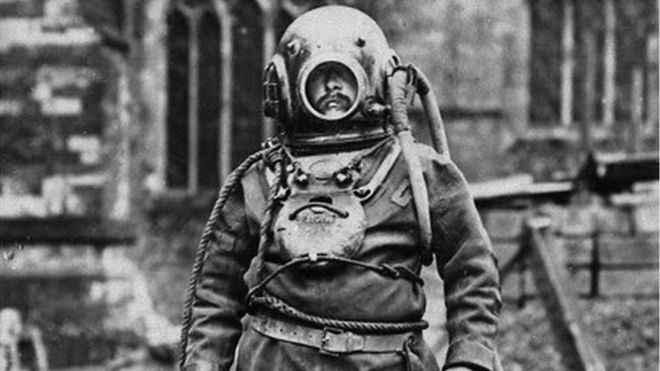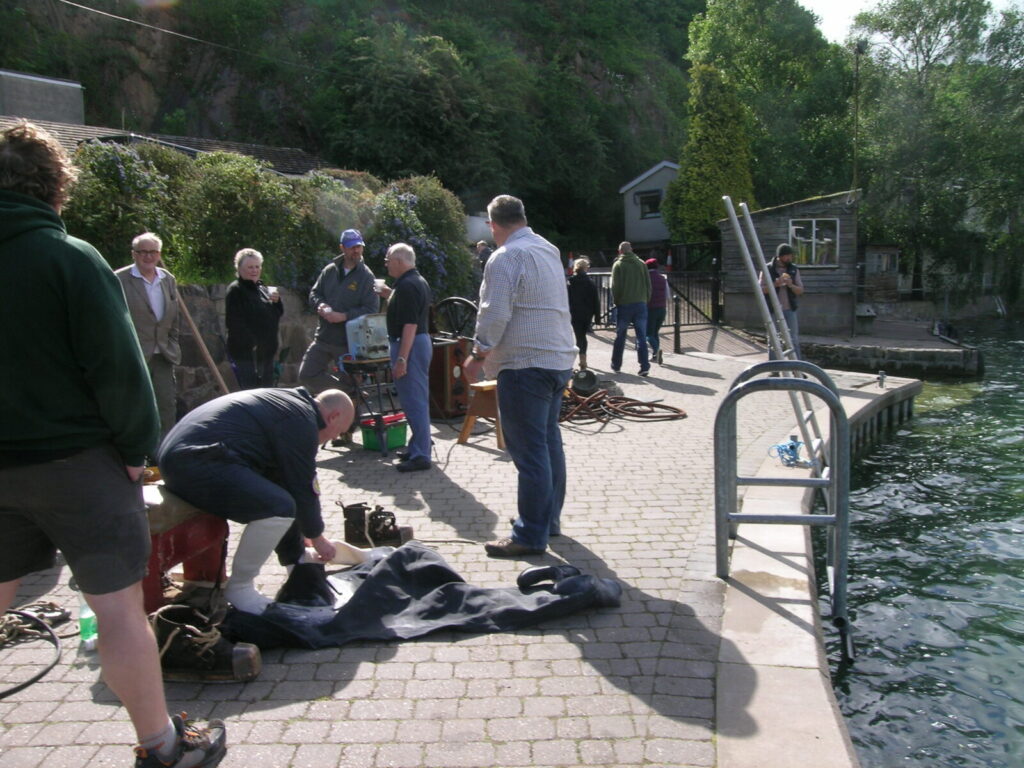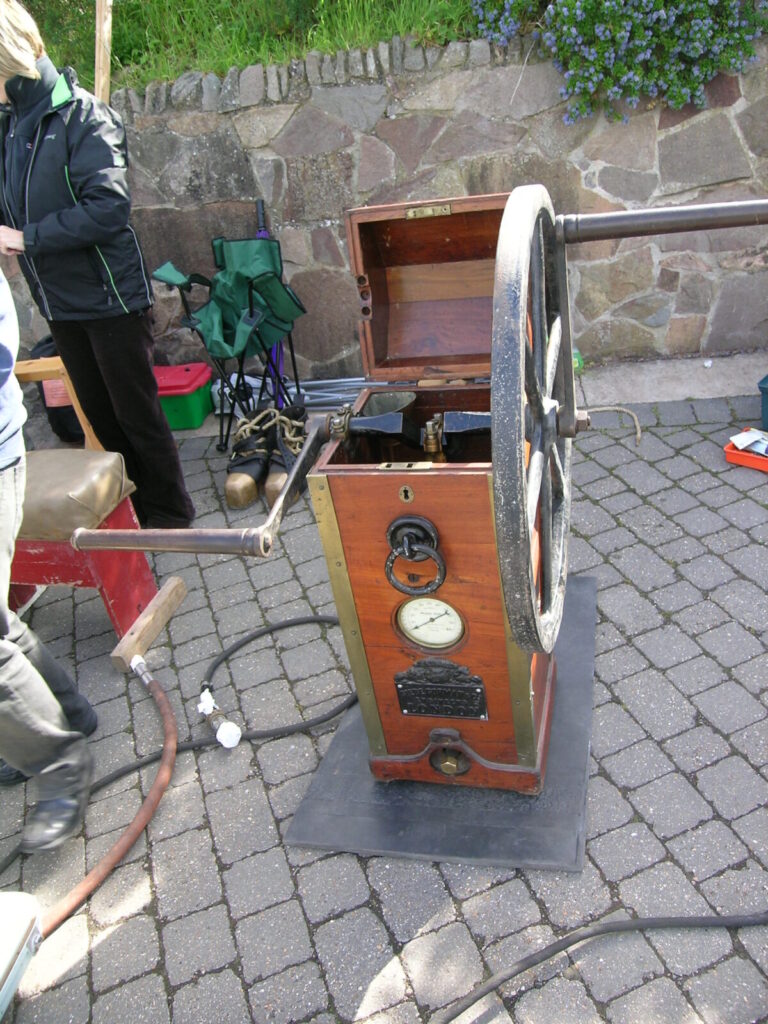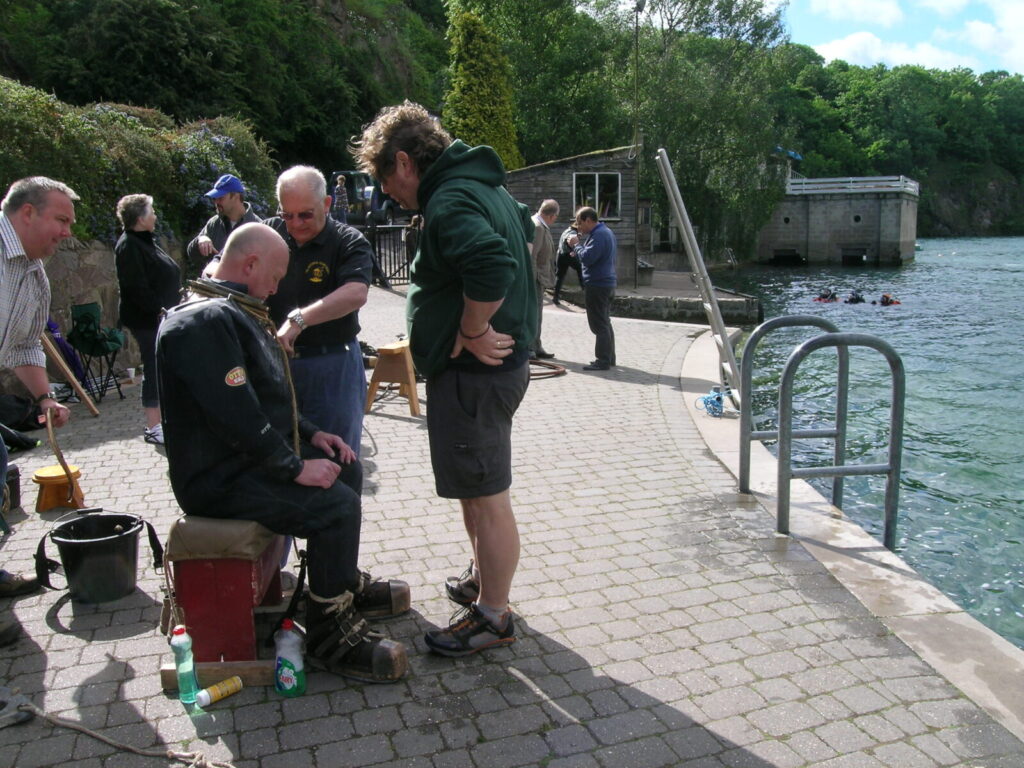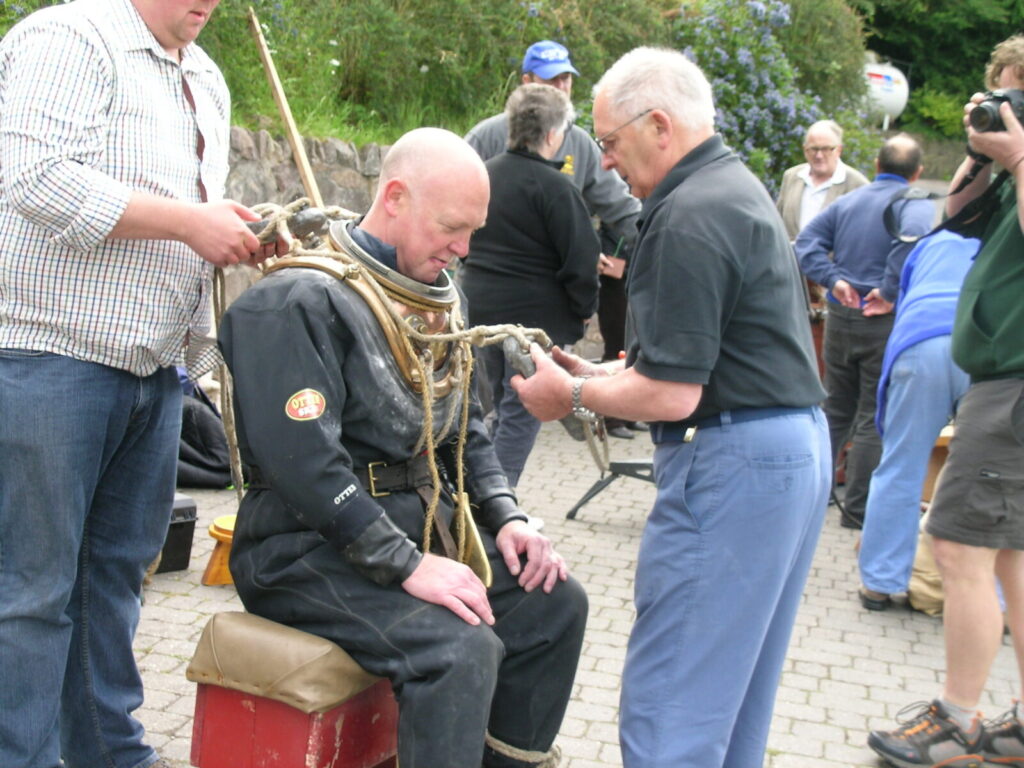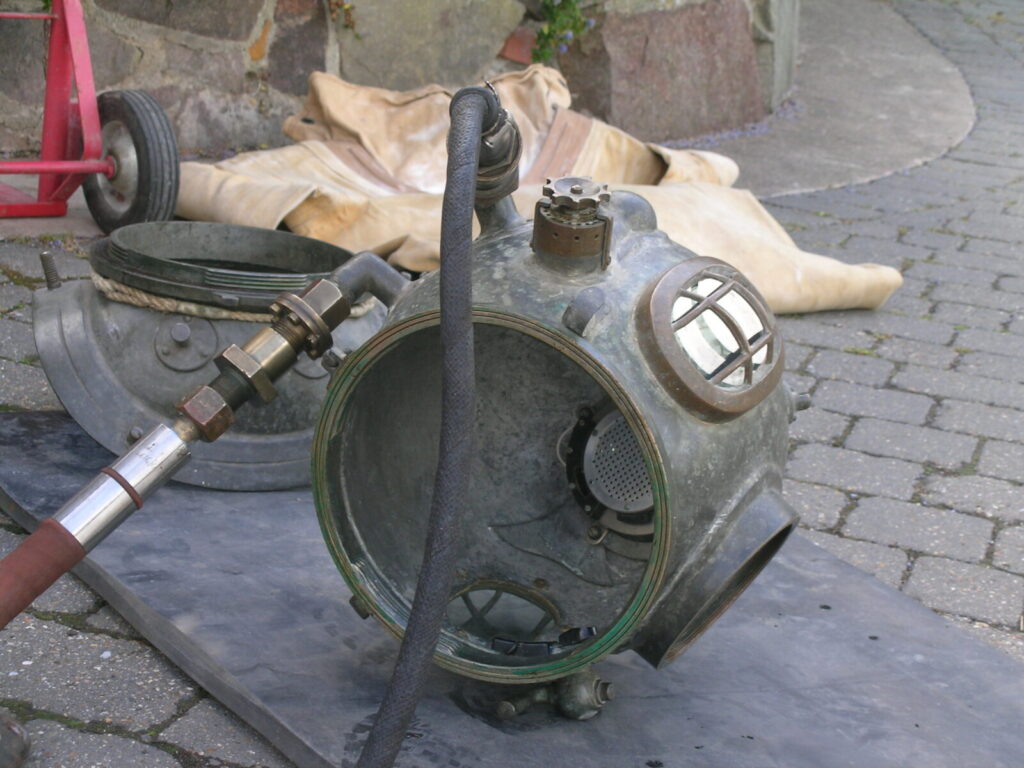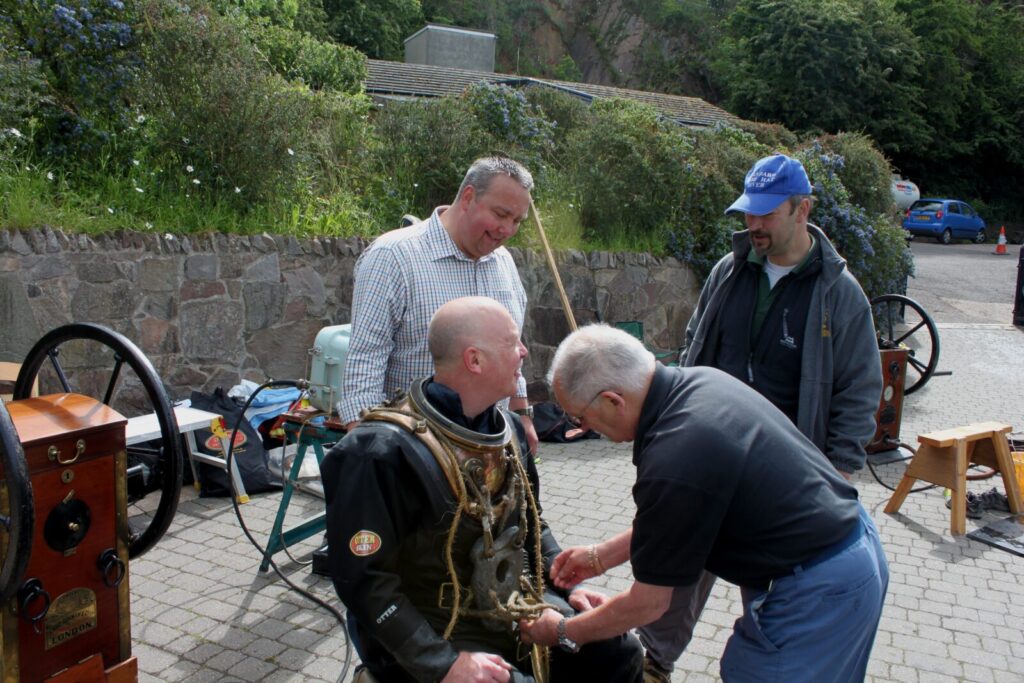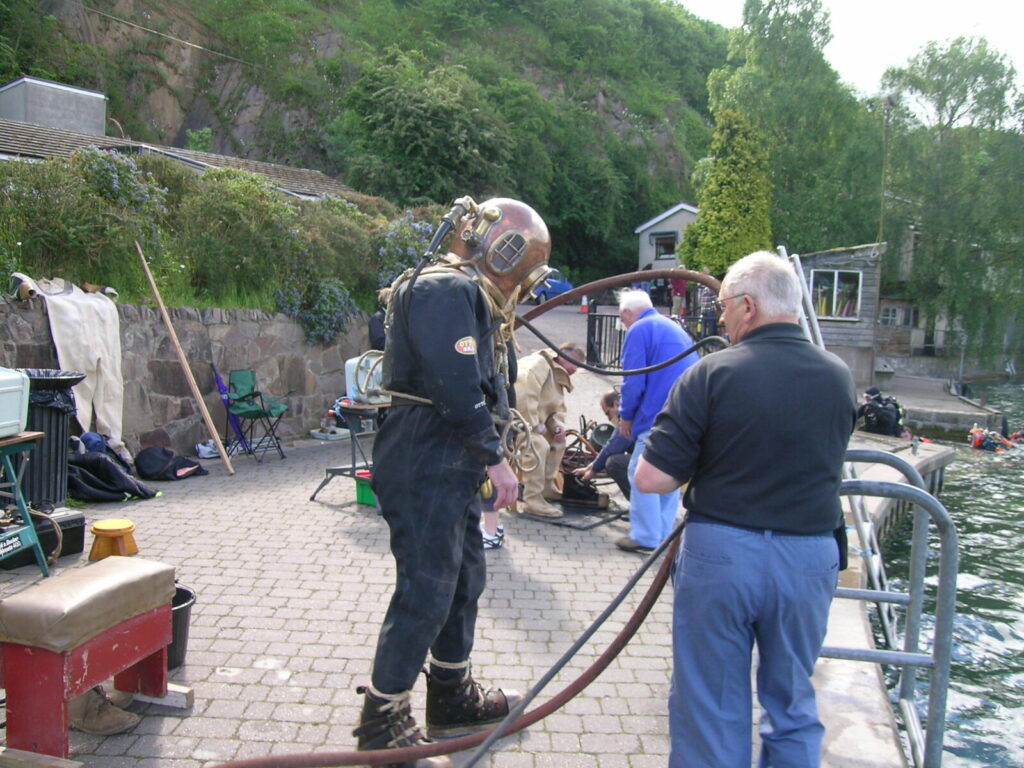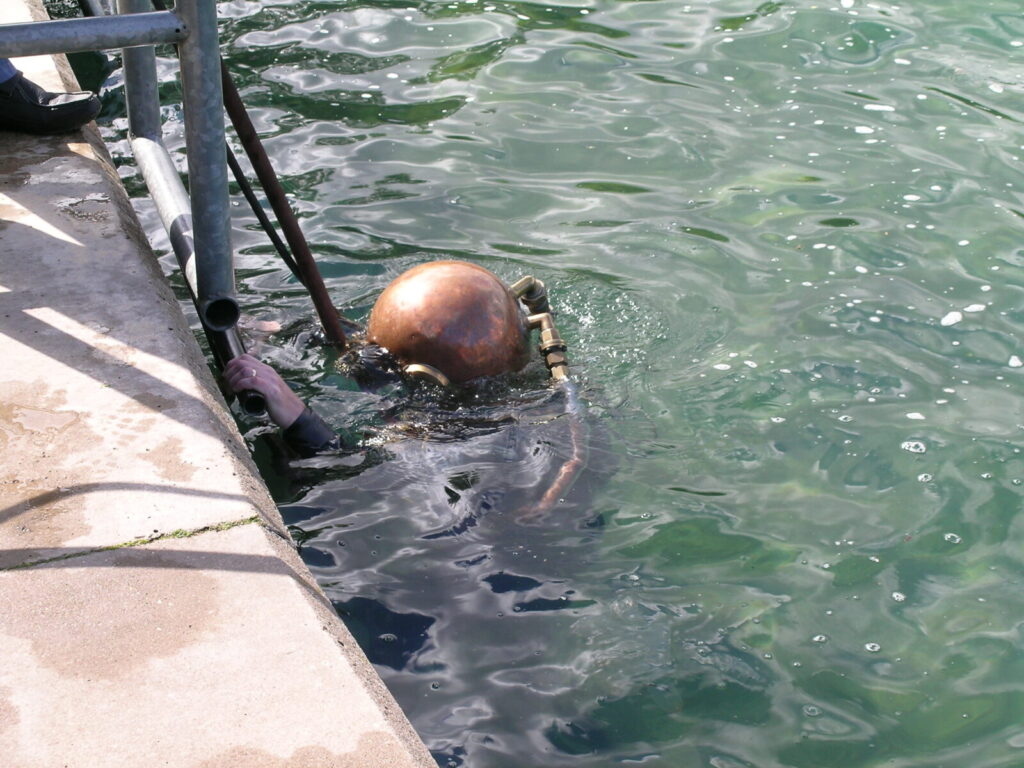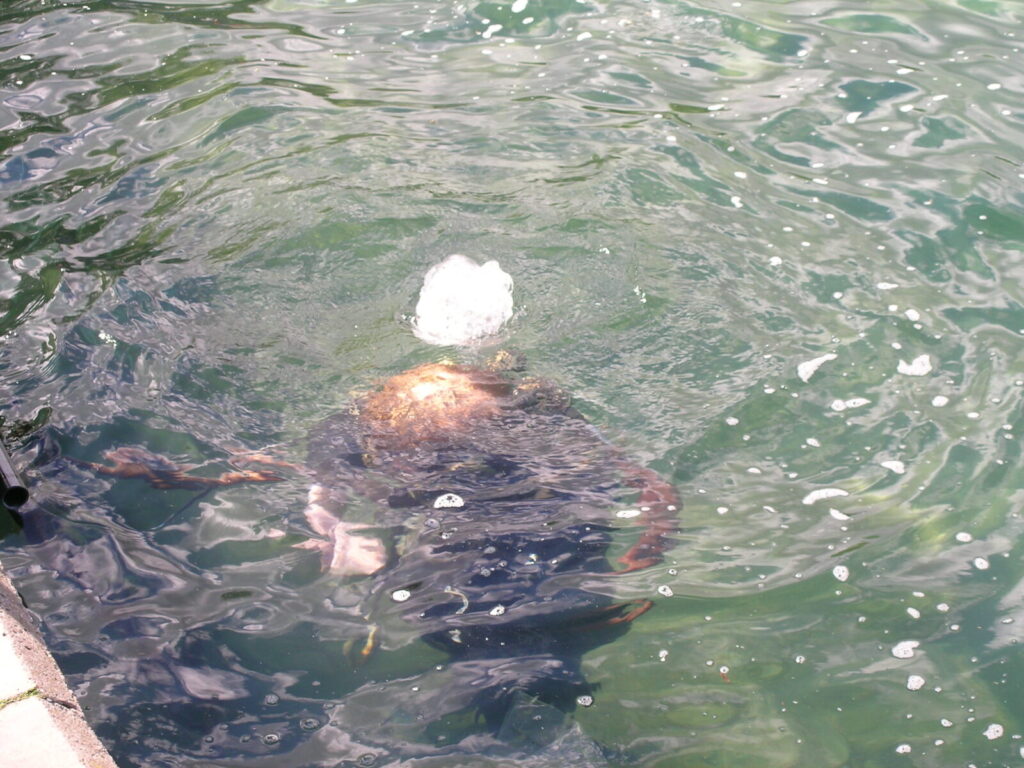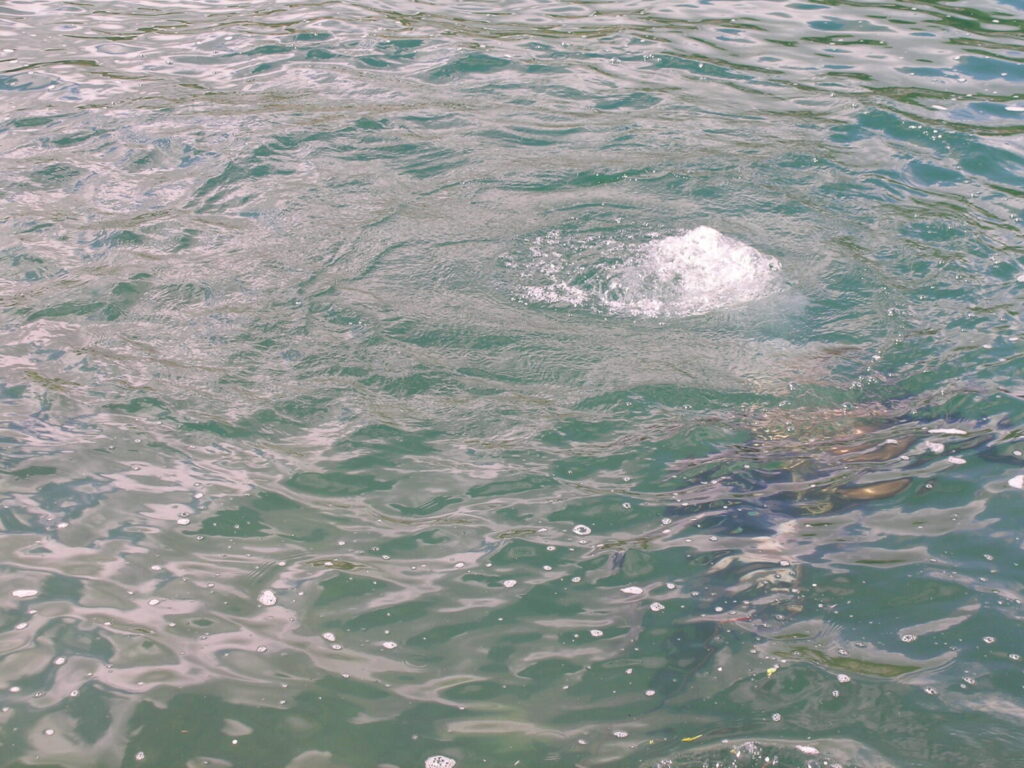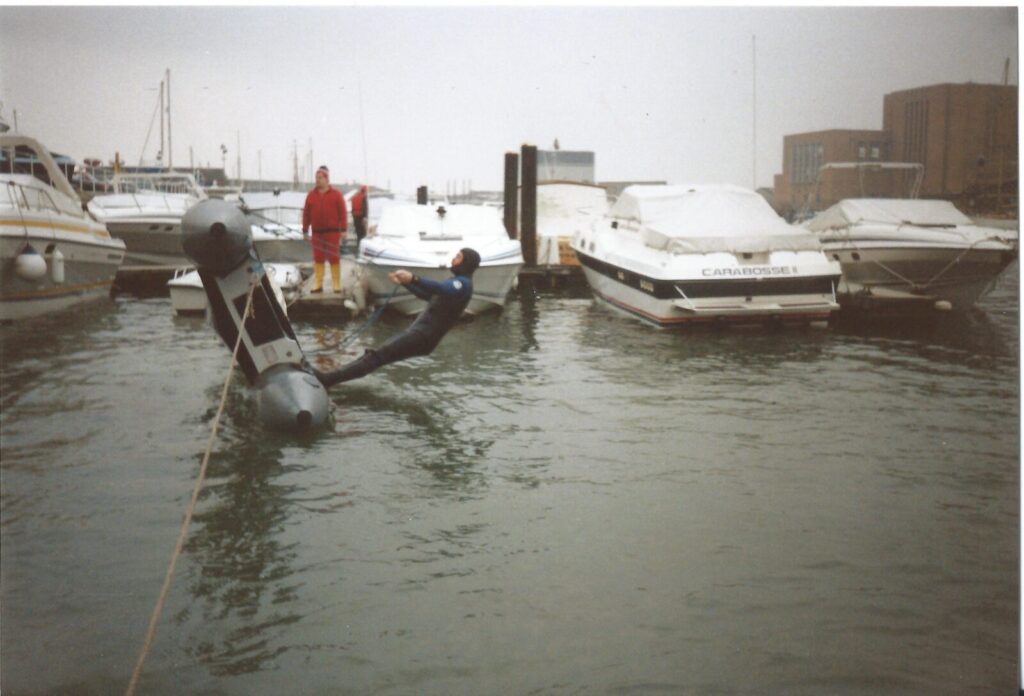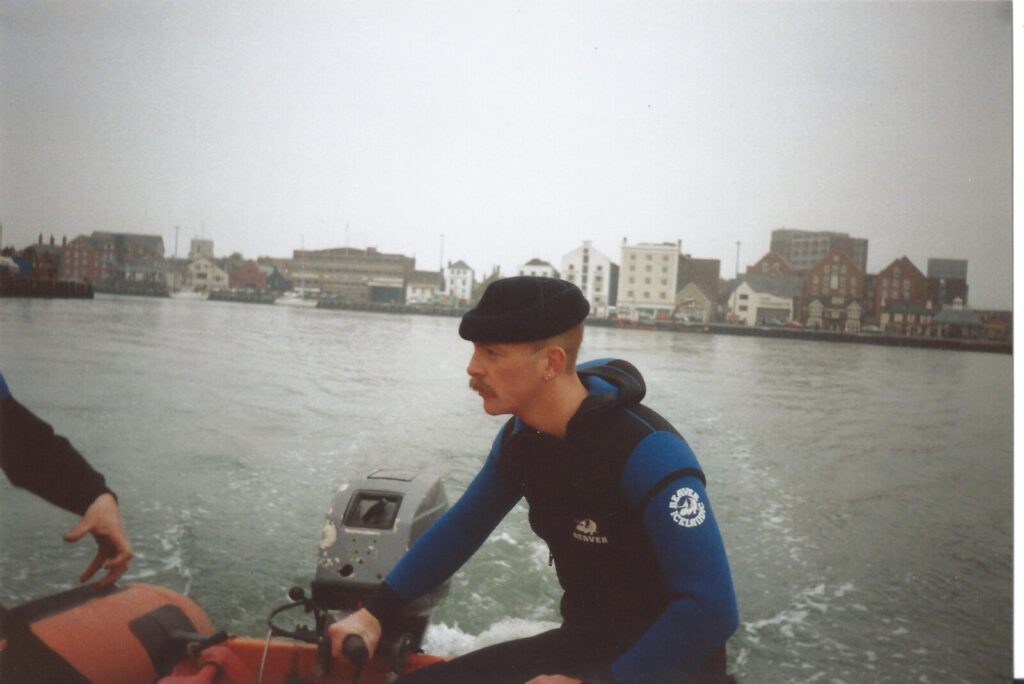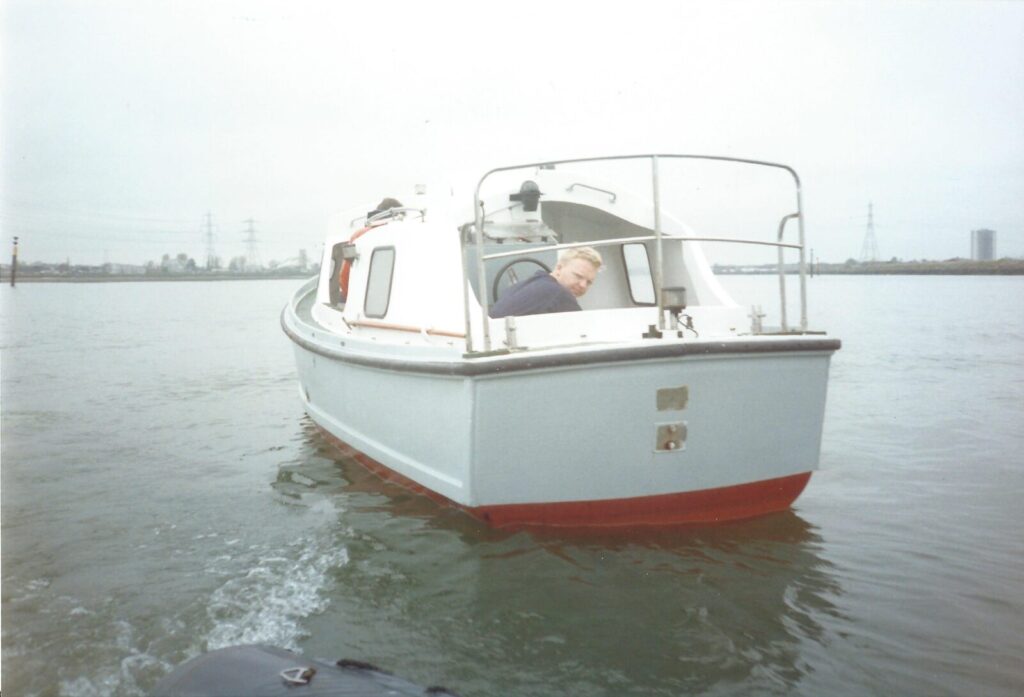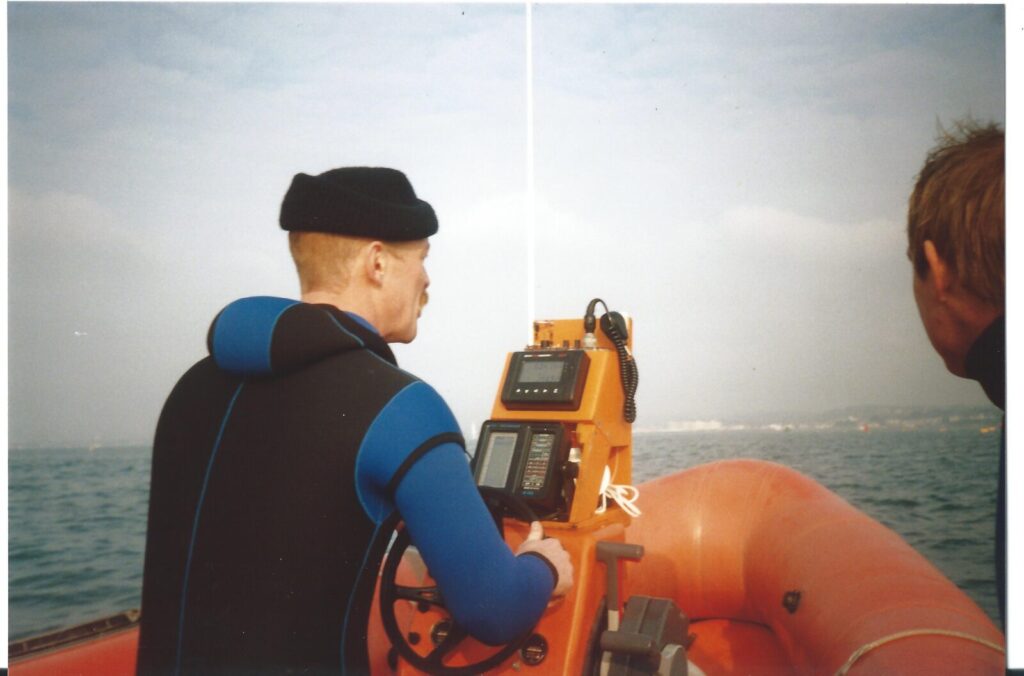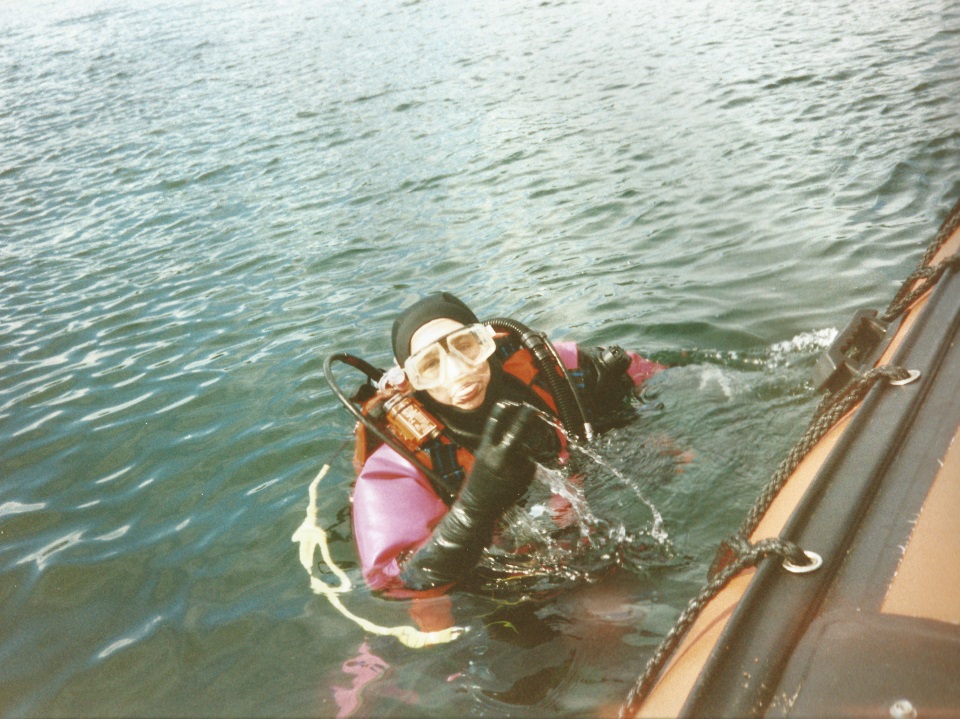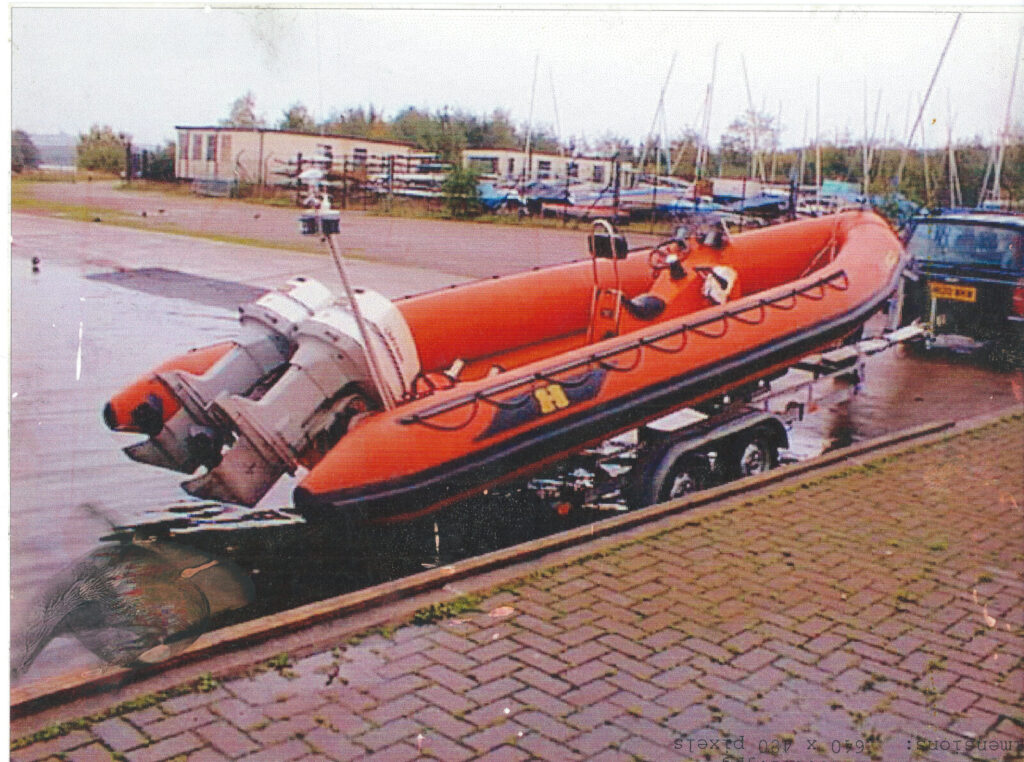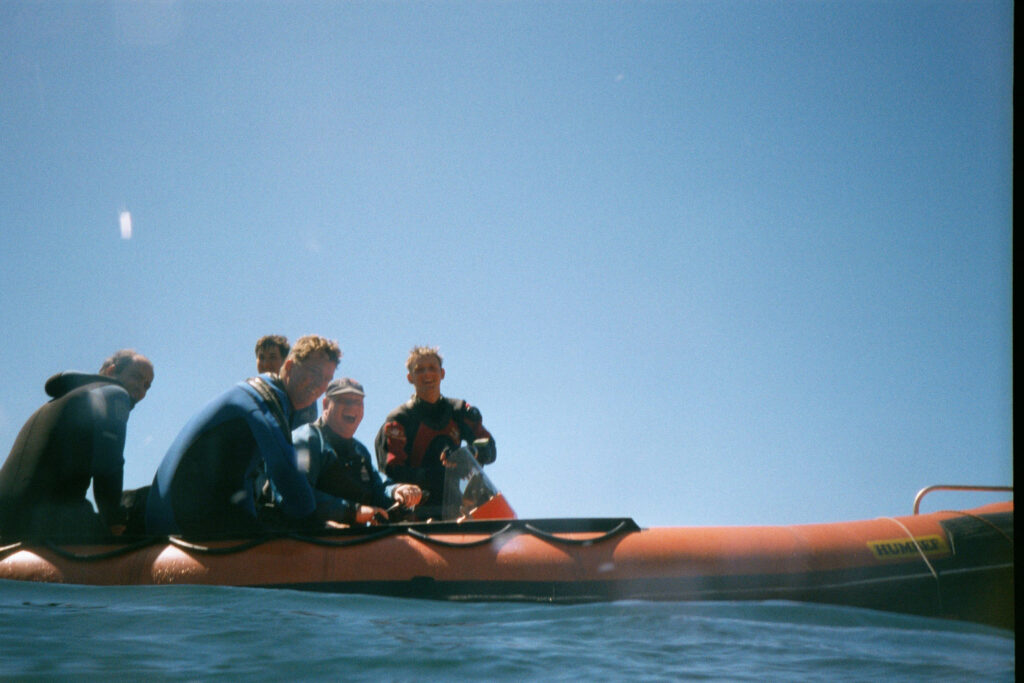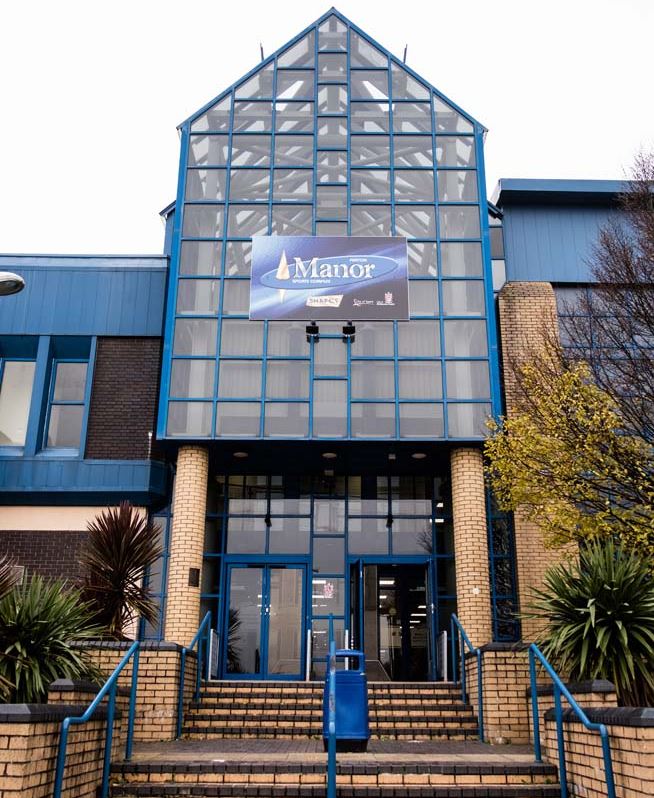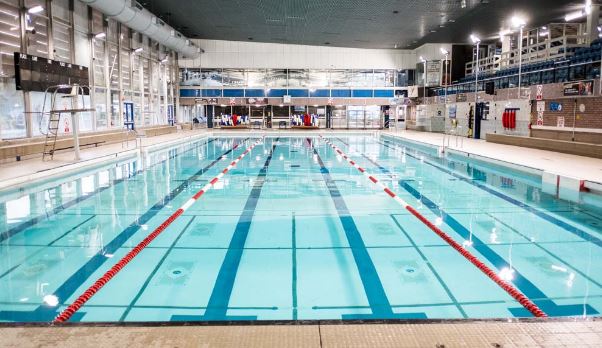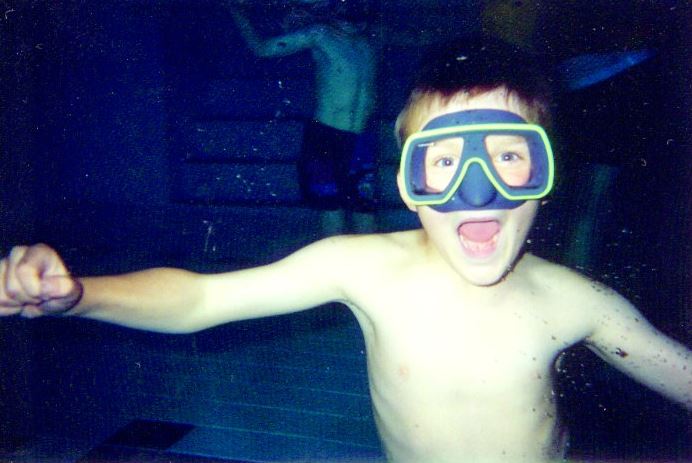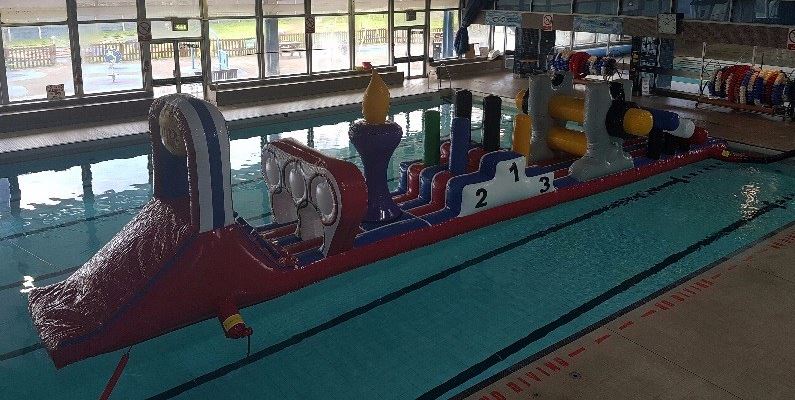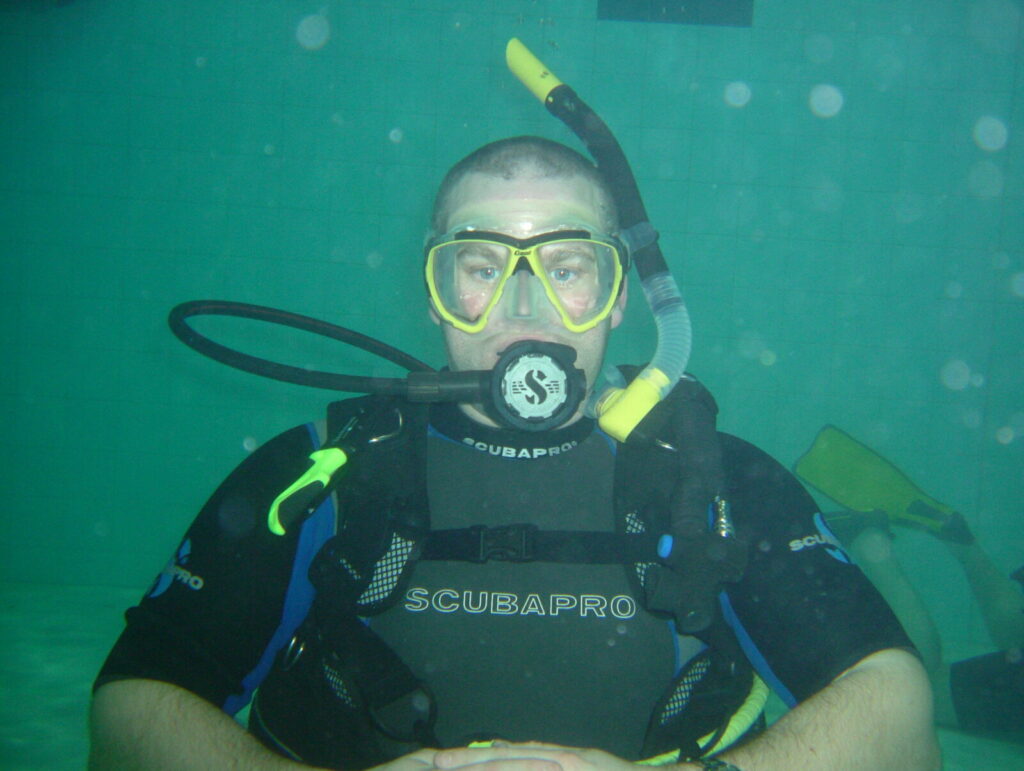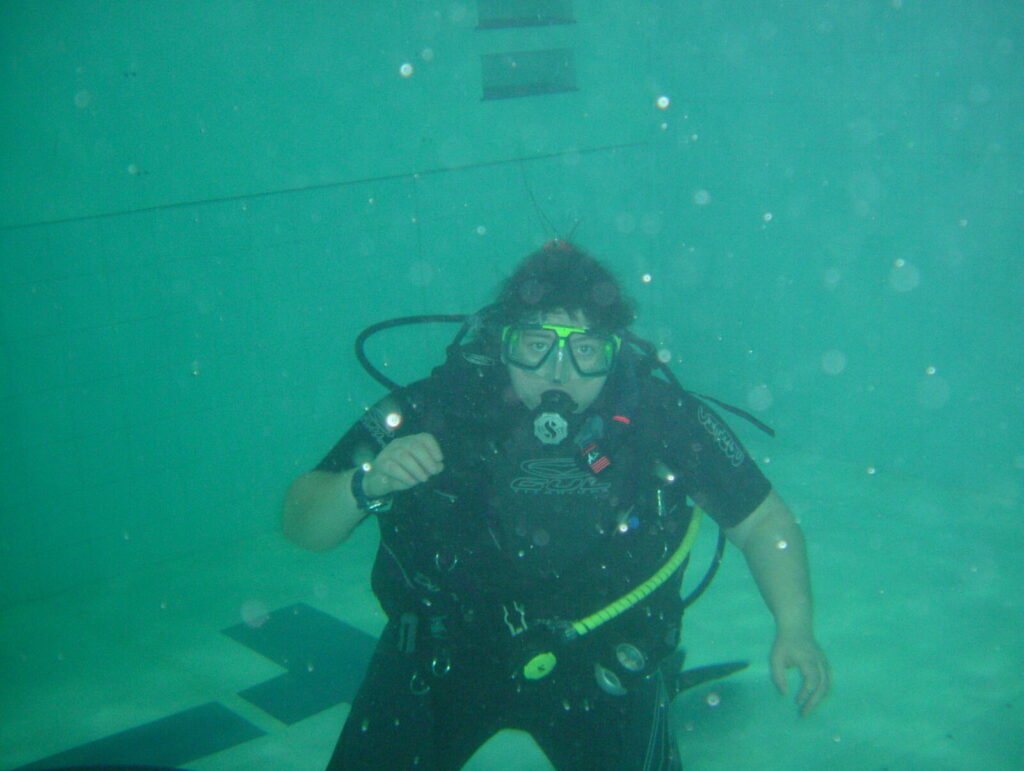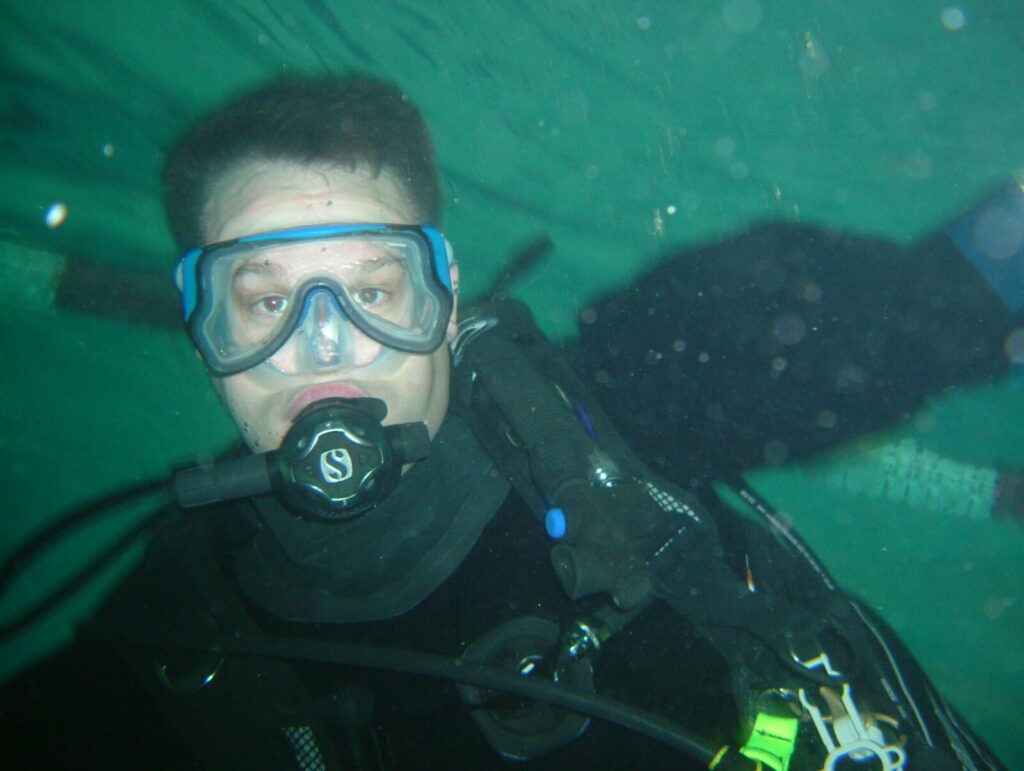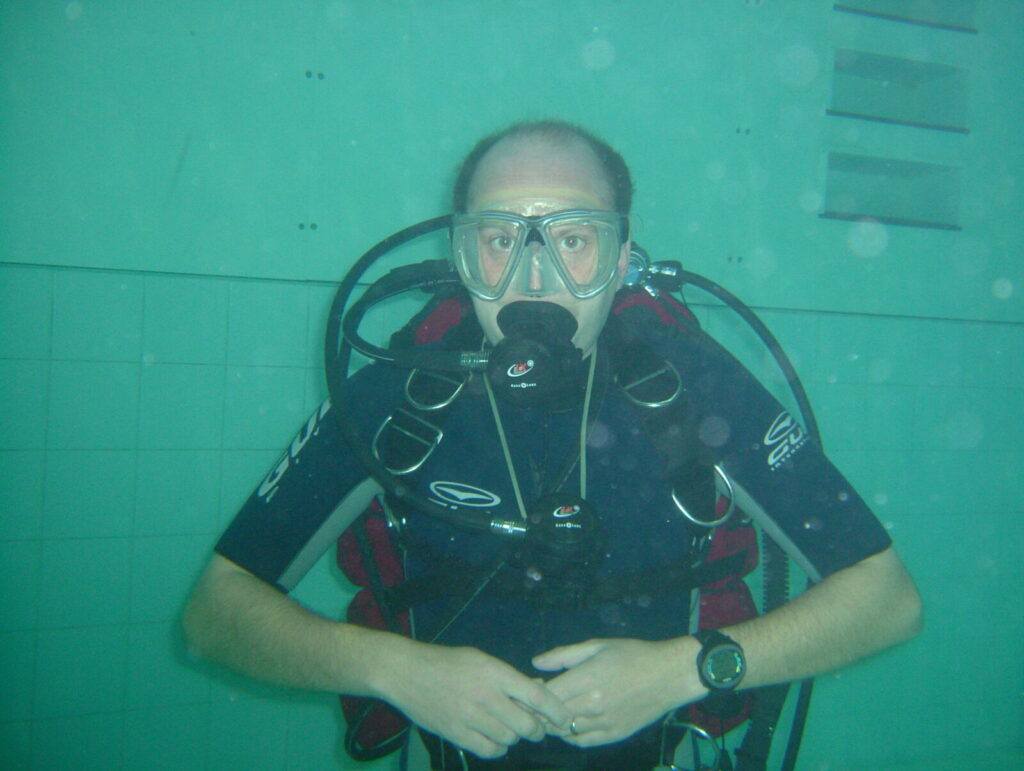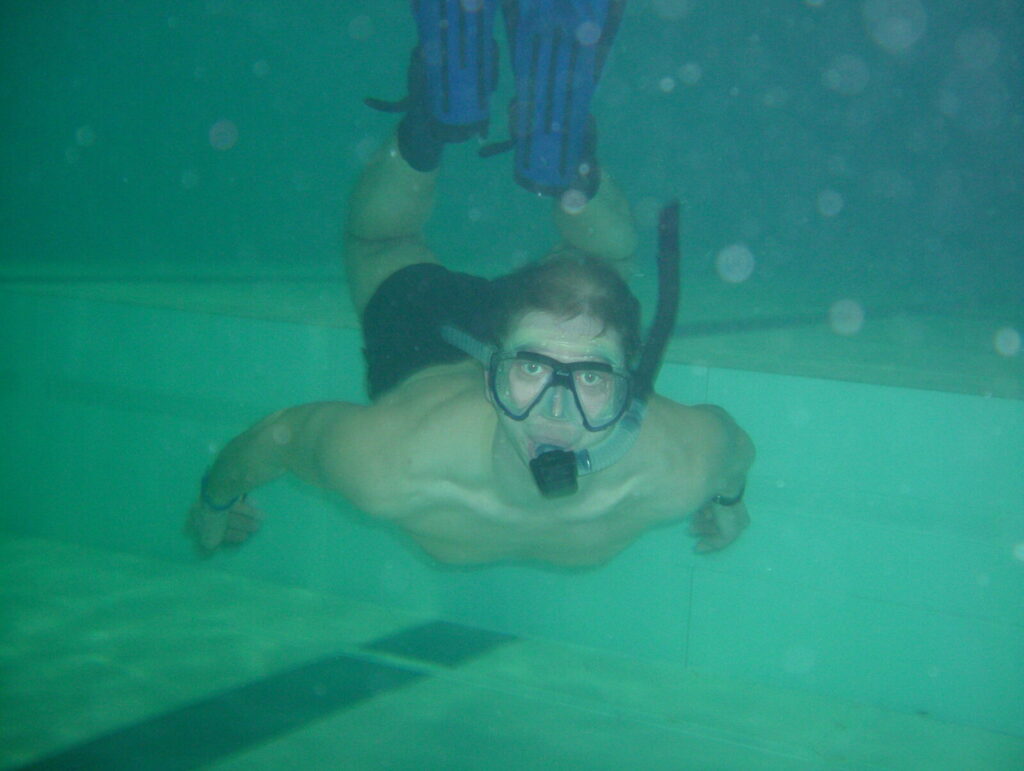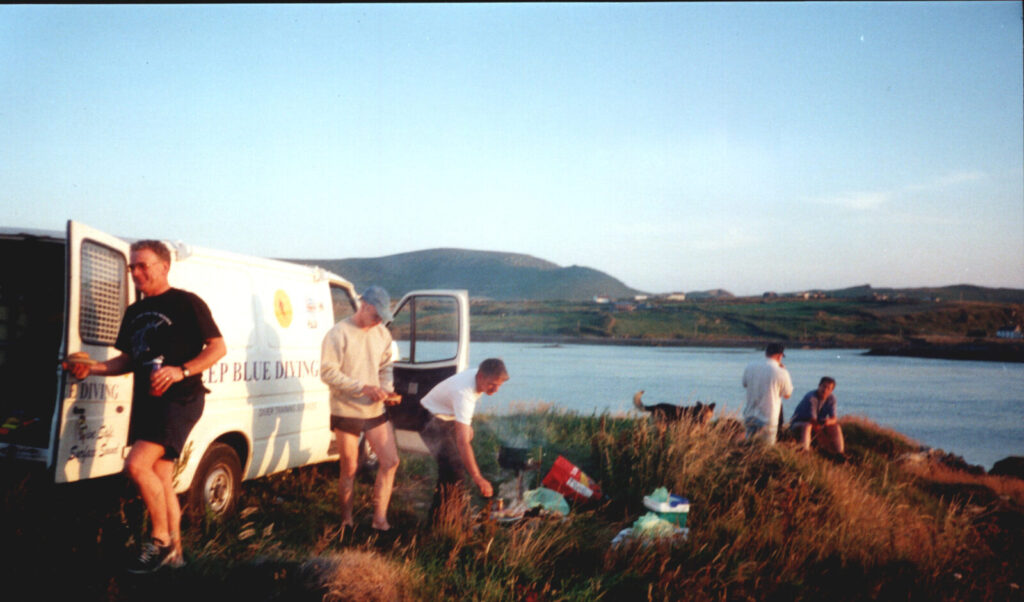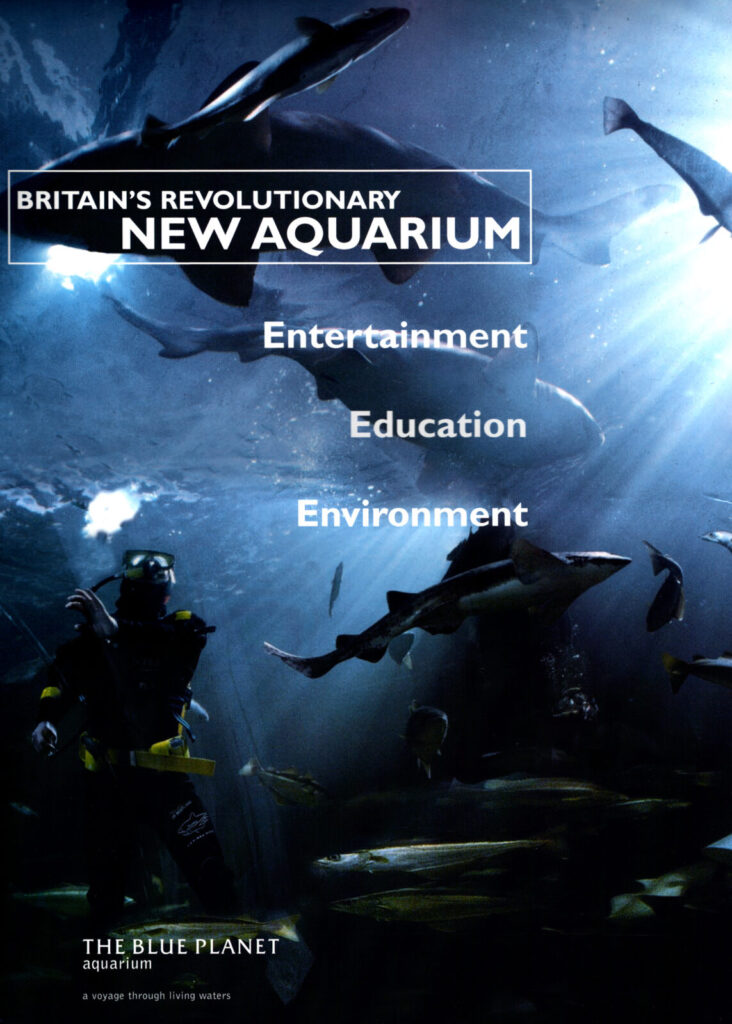The BSAC was a progressive training and qualification regime, based around increasing a diver’s exposure to different skill-sets, whilst broadening their areas of experience. I found the structure both logical and appropriate, there was no incentive to “race” through your experiences “badge collecting” & I appreciated that. I suppose the Army training in me made me very “threat aware”, especially of environments or activities that had the potential to kill me….. The BSAC Sports Diver qualification was a wholly “branch issued” recognition, with no national exam, and based around Ten dives in different conditions or of different types of environment, demonstrating you were gaining scope and scale in your diving. There were theory lectures to take too, and they were also based on exposing you to different types of dive, boats, navigation, deeper dives and situations….. Theory lesson One of Sports Diver training was “Diver Rescue”, dealing with the recognition of dangerous situations, divers exhibiting signs of distress or discomfort, and what you should do in each scenario, how it could be managed, and, if it all went completely Pete Tong…..how to clear Disgusting Annie’s mouth (Resusci-Annie….a Mouth-to-mouth and Cardio-Pulmonary-Resuscitation manikin, beloved of all diver trainers and service personnel alike….), before trying to break her neck, tongue her, and then crush her Sternum……… Thought for the day….is it still 5 to 1 and 15 to 2 and are Tourniquets “in” or “out”……?

Following completion of the Diver Rescue Parts 1 & 2, one being theory and 2 being practical skills in the pool, came Diving from Boats, and then Underwater Navigation, which then became an open water Navigation Exercise (Nav-Ex) and swiftly moved on to Nitrogen absorption and Gas Toxicity…….You can easily see the safety first approach, the situational awareness development and then the gnarly bits….why do issues occur, what causes them and how do they manifest? More importantly, what can we do to avoid such issues?
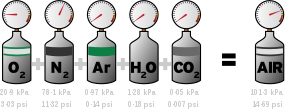
All this followed an easily seen logical progression and I was aligned to it and found it easy to follow, not being the brightest of lights on the Christmas tree, I needed to pay attention to partial pressures, Boyle’s, Henry’s and Dalton’s dusty laws in regards to water pressure, gas pressures, partial pressures and solubility …….. and I did, for once in my life these long forgotten school nightmares had context, they really meant something important to me….they were life savers, and understanding them was an imperative…no one said it was exciting, but then……
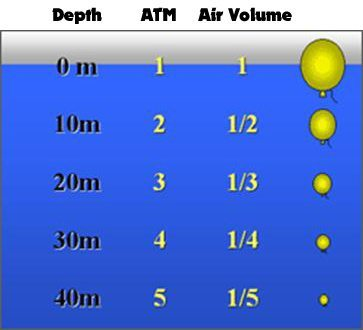
I was comfortable that there was science behind Scuba Diving and the BSAC training was good, those involved took the time to do it well in my branch and I enjoyed the sessions, they weren’t a burden, however, it was all about getting wet and I looked forward to getting my Sports Diver qualification. I put in for it, again, through the Army, and was once again “jammy” enough to get a place on the course at Fort Bovisands with the Joint Services Sub Aqua Diving Centre (JSSADC), I literally couldn’t wait to get down there. It was the 04th July, American Independence Day 1991 that I drove down from Tidworth to Plymouth and parked on the front, looking over the familiar Bovisands harbour late that summer day …..
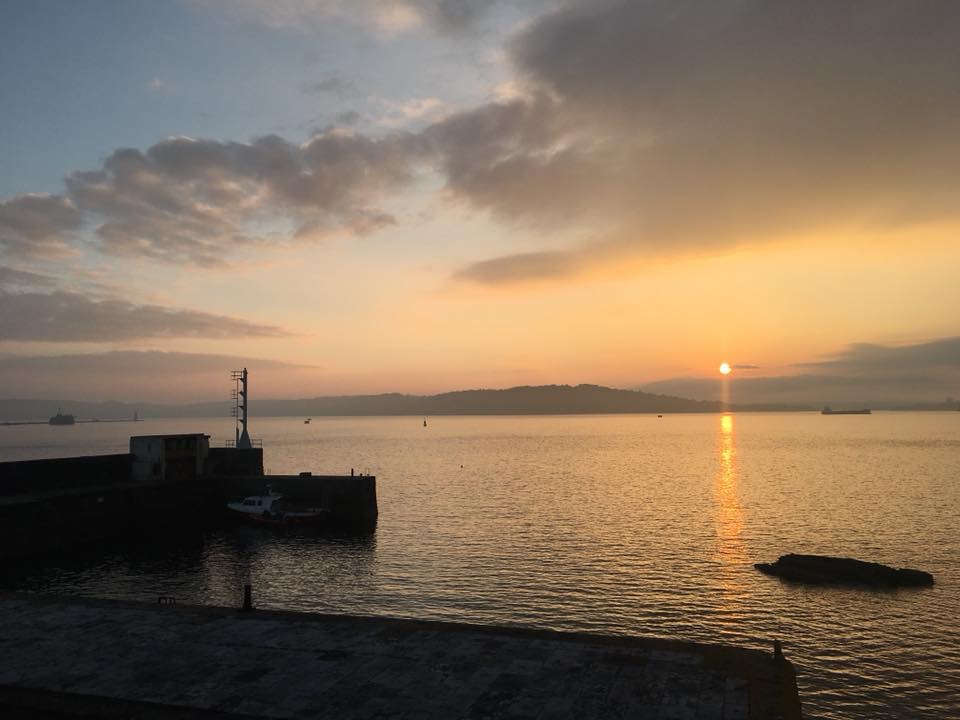
The JSSADC courses were always at the top of the game, service personnel are trained to give lectures and they do it well, the divers training us here were the best the Army Physical Training Corps (APTC) had, this was an easy life for them and one of the classic phrases they spat out was “Shit…..Monday….another day at the Office….Oh, this IS the office….ha ha ha” yes, universally hated for that one….and deeply, seriously envied in equal measure, they were just squaddies who knew what they wanted and were lucky, or practiced enough to get it! So the lectures and the dive kit distribution began, I had done this before and knew the score, there was even a little more relaxed approach, and a couple of familiar faces too….first dive was a shake-out, just a straight forward dive out to the Admiralty pattern anchor in the mouth of the harbour, then out to the more open water and a little more depth, then back in to shore. Dive 2 was an Inflatable trip out to the Breakwater, I hadn’t dived there before and was looking forward to the trip, however I was sea sick in the swell, that didn’t matter, you “sucked it up” (not literally…quite impossible tbh) and got on with it, but it was a relief to get off the boat and underwater, where the feeling magically disappeared for some reason? The dive was unremarkable and rated as “boring” in my log, not surprising as the Breakwater has little to endear itself, being large blocks of concrete on a mud bottom, but if you looked there was life in there somewhere…. the viz on this dive not so good at 2-3m….
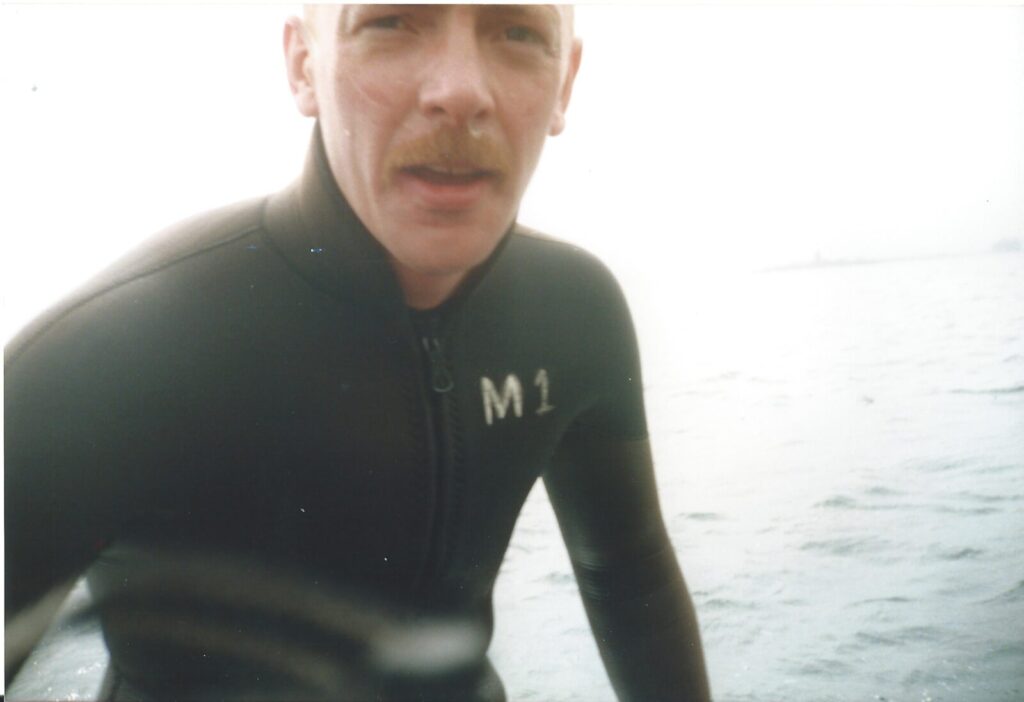
The next dive was on the Breakwater too, on this one we did see a Dog-fish and some Anemone’s, which broke the monotony a little, but still not exciting dives by any means. Dive 4 was in Jennycliff bay, just around the corner from Bovisands, and a buoyancy control exercise, so skills and drills, it turned out to be very limited viz too, but we banged that out and got back in the Inflatable hoping for better on the next dive. It wasn’t to be, we were back off to the Breakwater the next morning (08th July ’91) but the viz had improved and we could now see “nothing” for around 6m……..still, we were diving, and every one was increasing our experience and improving our abilities! That afternoon we came back to the Breakwater to carry out Demand Valve (DV) recovery exercises, simulating the regulator (Reg) being dislodged or pulled from your mouth, and sweeping the arm under and around the hose to recover and “clear”…or blow out the residual water from it. We followed that with a mask removal and re-fit, and we were at 12m so things were getting real, and we were doing well too! On the 09th we took the inflatables around to Mewstone Ledges and the Mewstone slabs, quite a different dive in and out of a myriad of rock gullies full of Anemones and Dead-Man’s Fingers, with small fish darting in and out of the kelp, we were luckier with thye Viz too at around 10m this was the best dive so far, easily!
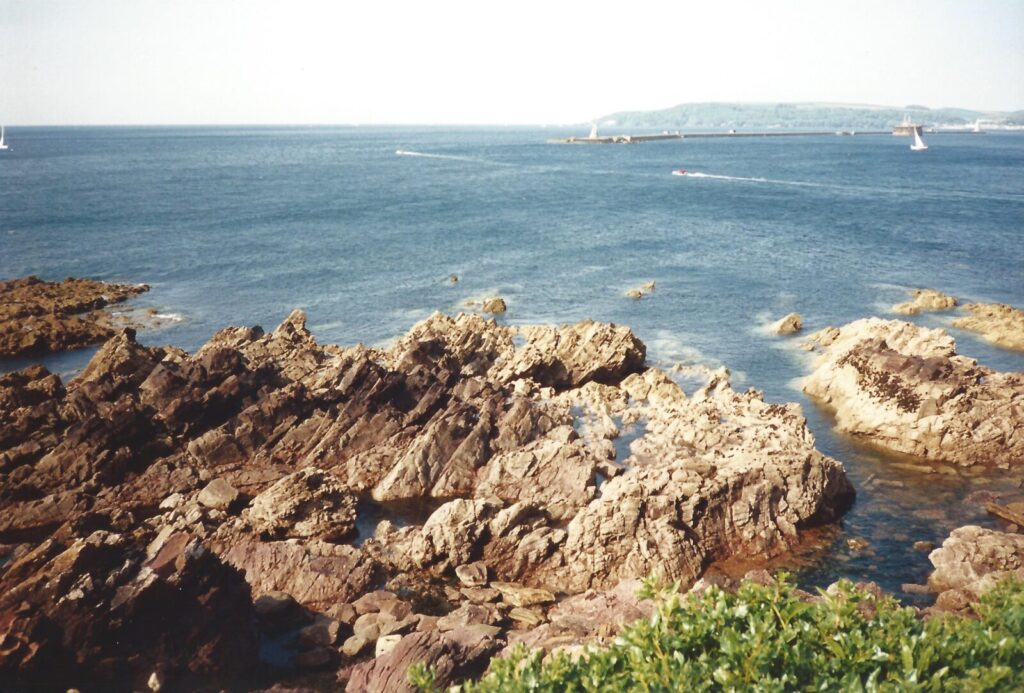
That afternoon was spent in the harbour doing a nav-ex, and my log book entry reads….”total waste of time” which kind of sums up how it went! I don’t recall much more than being told to swim out on a bearing, and carry out a reciprocal (180′ compass adjustment to come back on oneself) but we were towing surface marker buoys and essentially messed it up a treat…….luckily it wasn’t a “pass or fail” exercise, just skill-building…..definitely “needs more work”! There was a treat in store for our next day, JSSADC had booked us a hard boat, the “Cee King”, and we were off to Hands Deep, off the Eddystone Lighthouse. The space on the hard-boat was a revelation, no more crowding together shoulder to shoulder in the RIB’s, space to put on fins without taking each-other’s eyes out….I loved it!
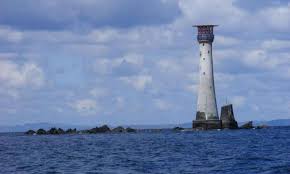
I loved the Hands Deep dive, it was our planned “Deep-Dive” from the outset and we descended in great visibility, something I had not seen so far and around 10m and better at times, to a depth of 38m, by far the deepest dive I had done to date, and 3m deeper than it should have been, as my buddy was determined to push the envelope until I called “time” on him… This was a great dive but at 15minutes long, it showed everything Mr Boyle had been talking about in a very tangible way! This was my lucky day as our next dive would be right across the sound at Whitsands Bay, a good half hour plus on the Cee King, during which we ate lunch and chatted, far easier than a RIB, I loved the boat! I have written up the James Egan Layne in another post (Wrecks) so I won’t repeat it here, suffice to say, it was my First ever wreck dive and I was hooked…..and am still……. 29 years later! The last day we went back to the Breakwater to finish off our skills with a controlled Buoyant lift, simulating the recovery of a buddy in trouble off the sea floor or from depth, it went well and proved another lesson to us, it takes a calm and measured approach not to lose control in such circumstances, and practice definitely makes perfect………..This wrapped our Sports Diver course up nicely, I was impressed and grateful to those at JSSADC for giving us all a bloody good week’s diving…..hey ho….back to the office on Monday eh…..Lucky Bastards!
